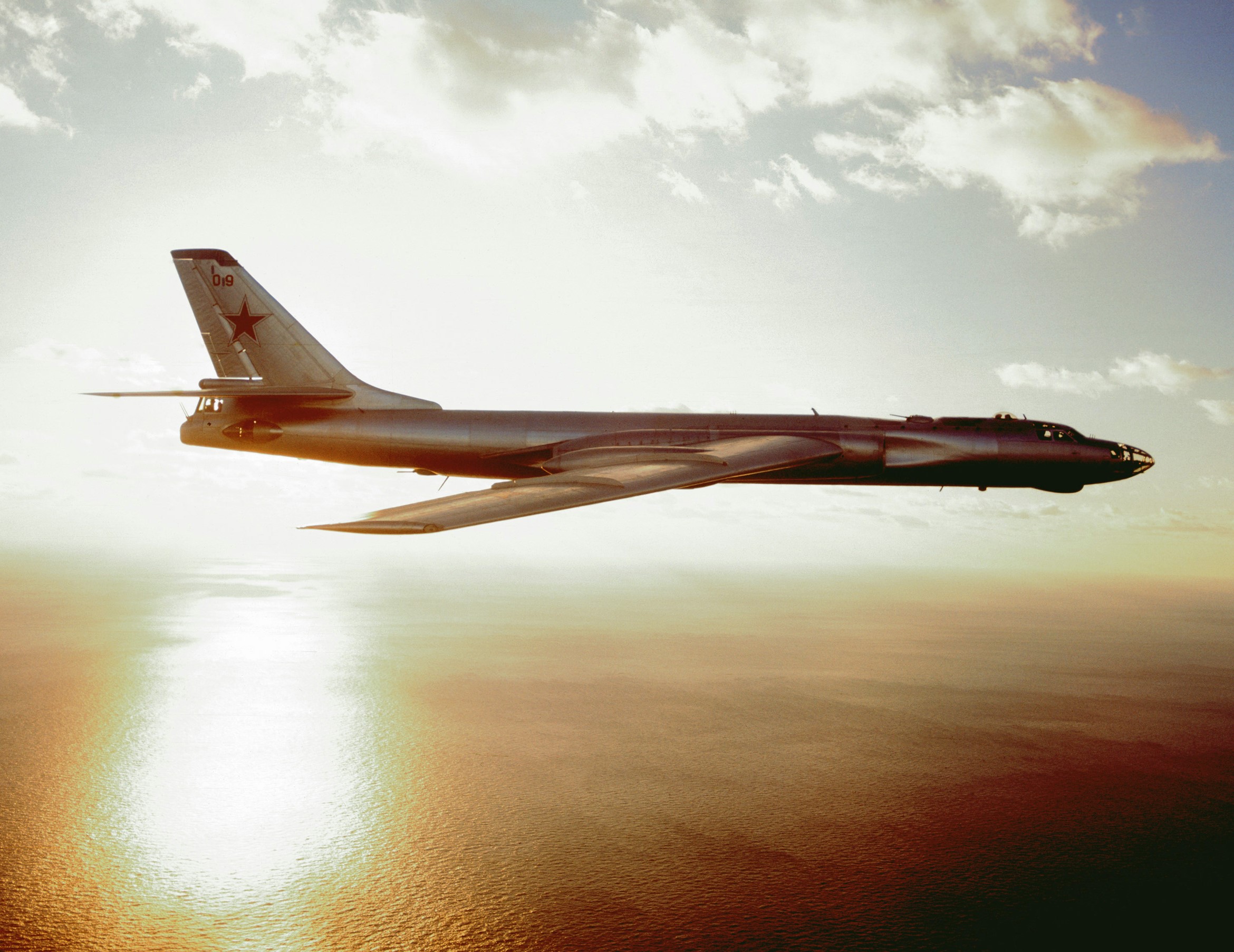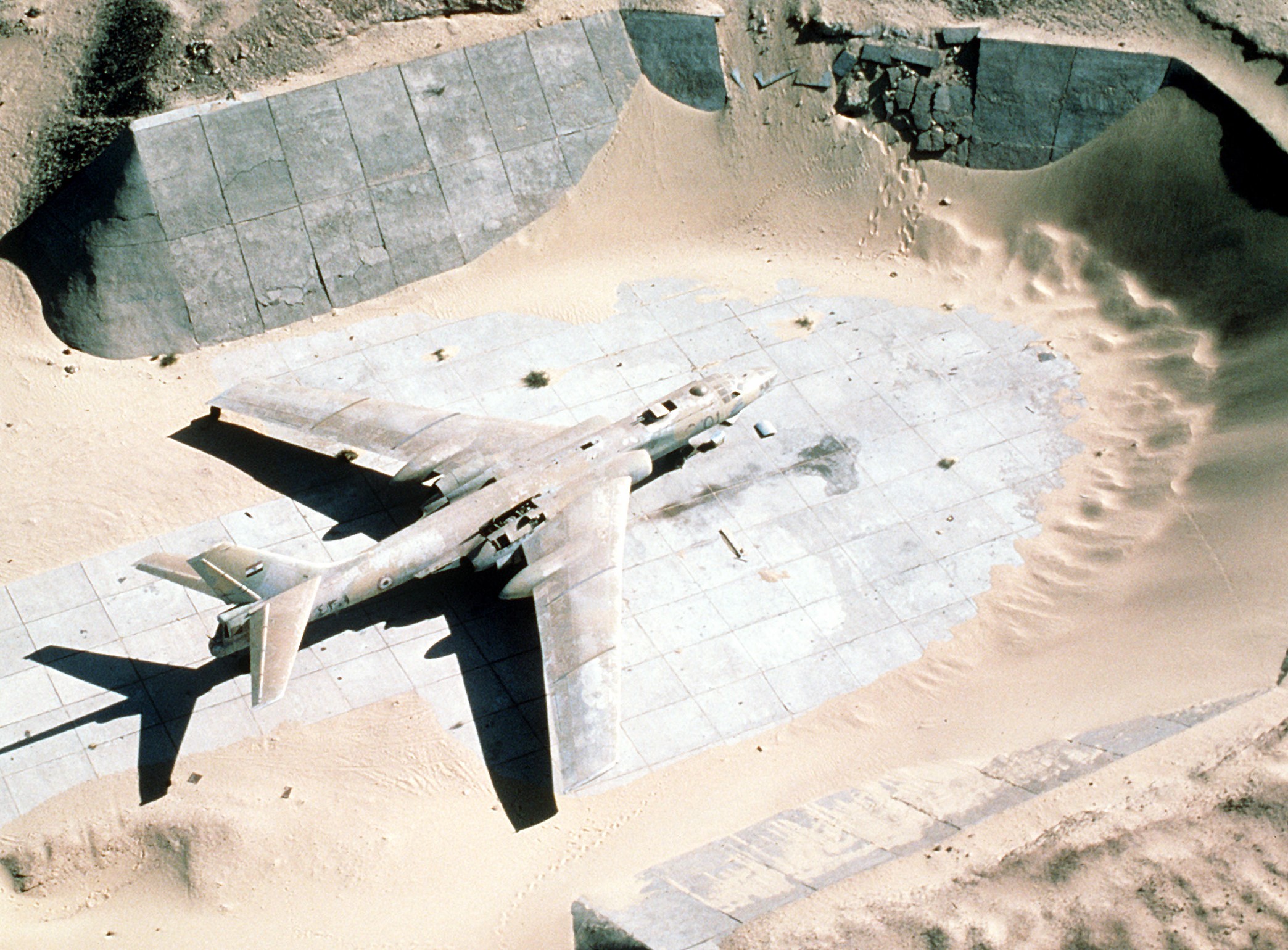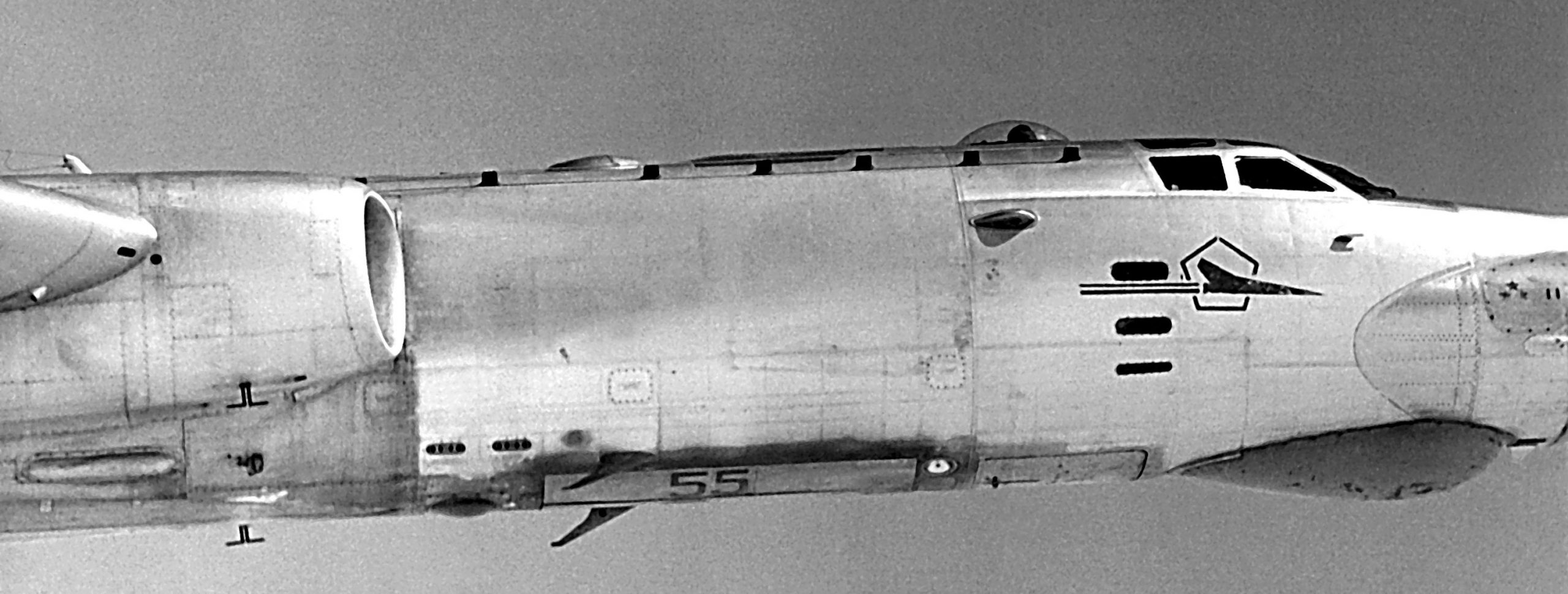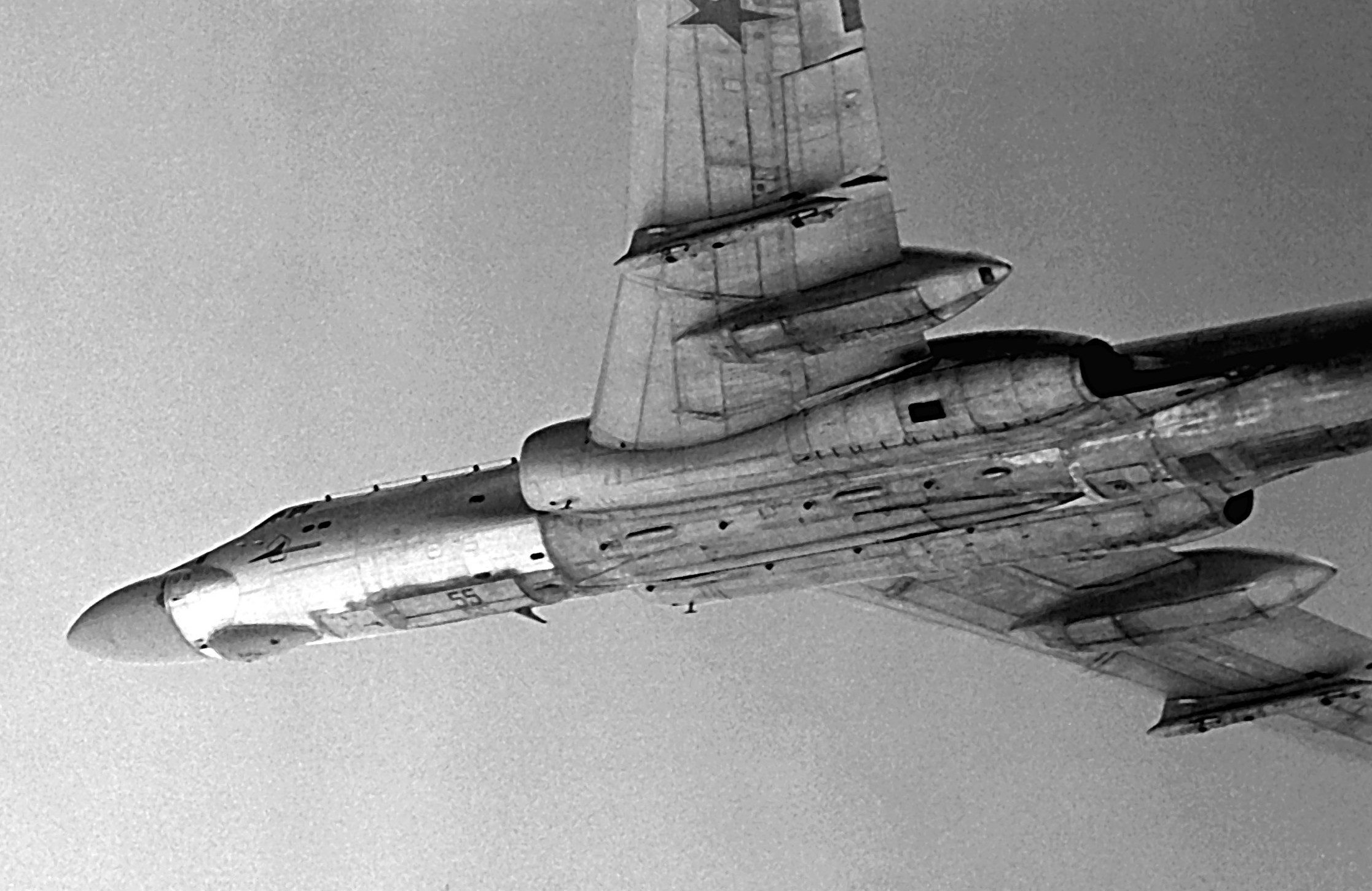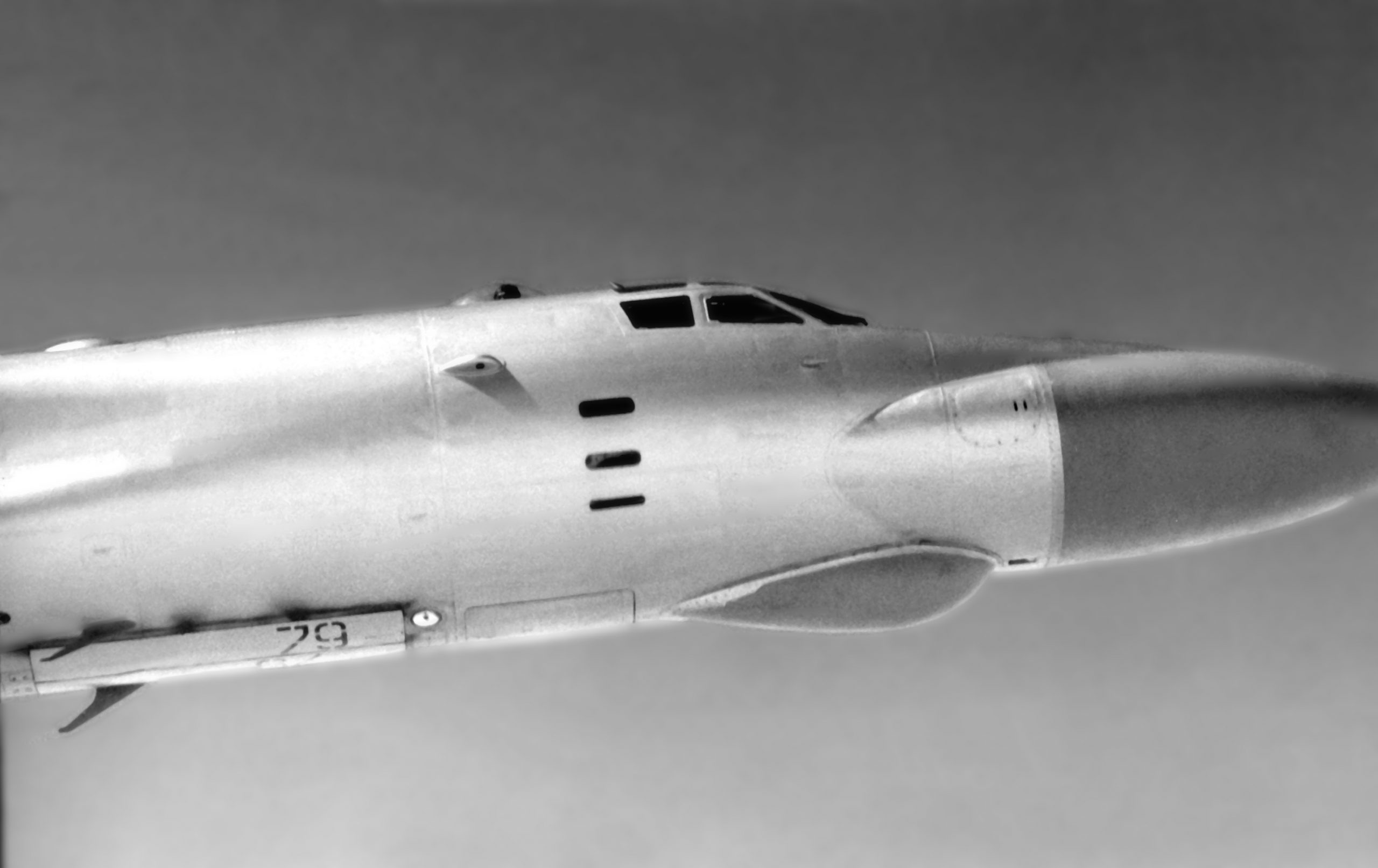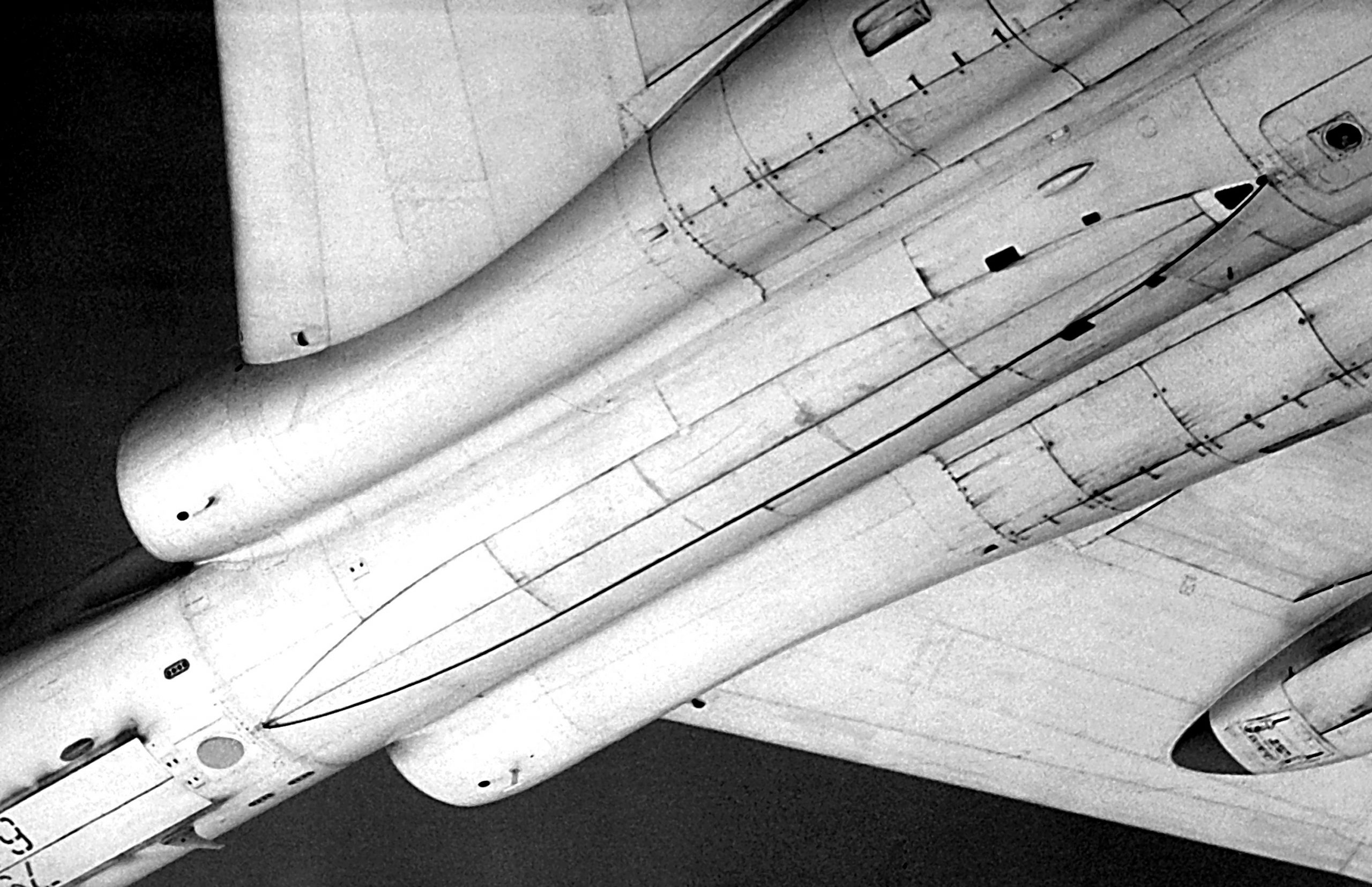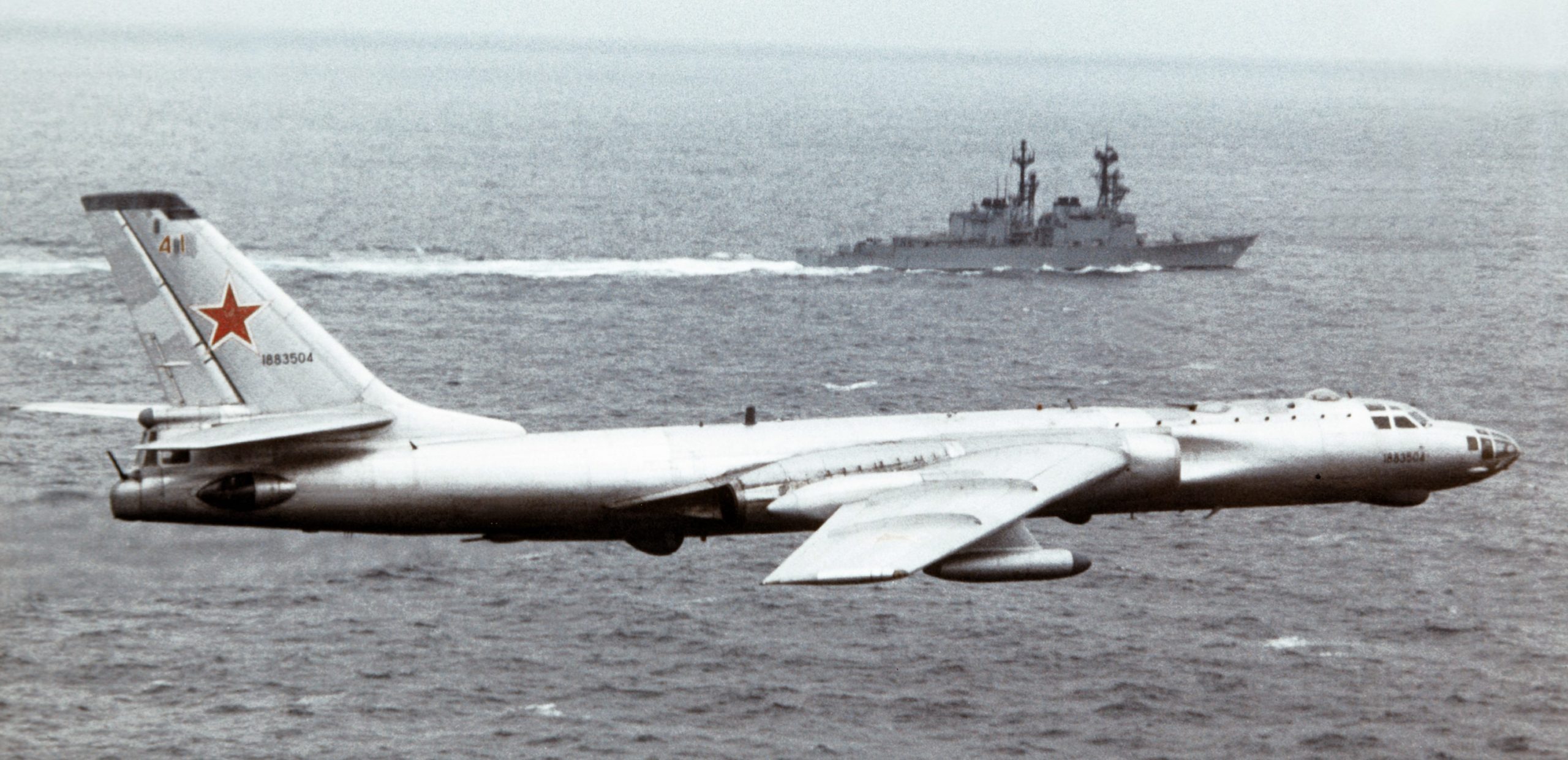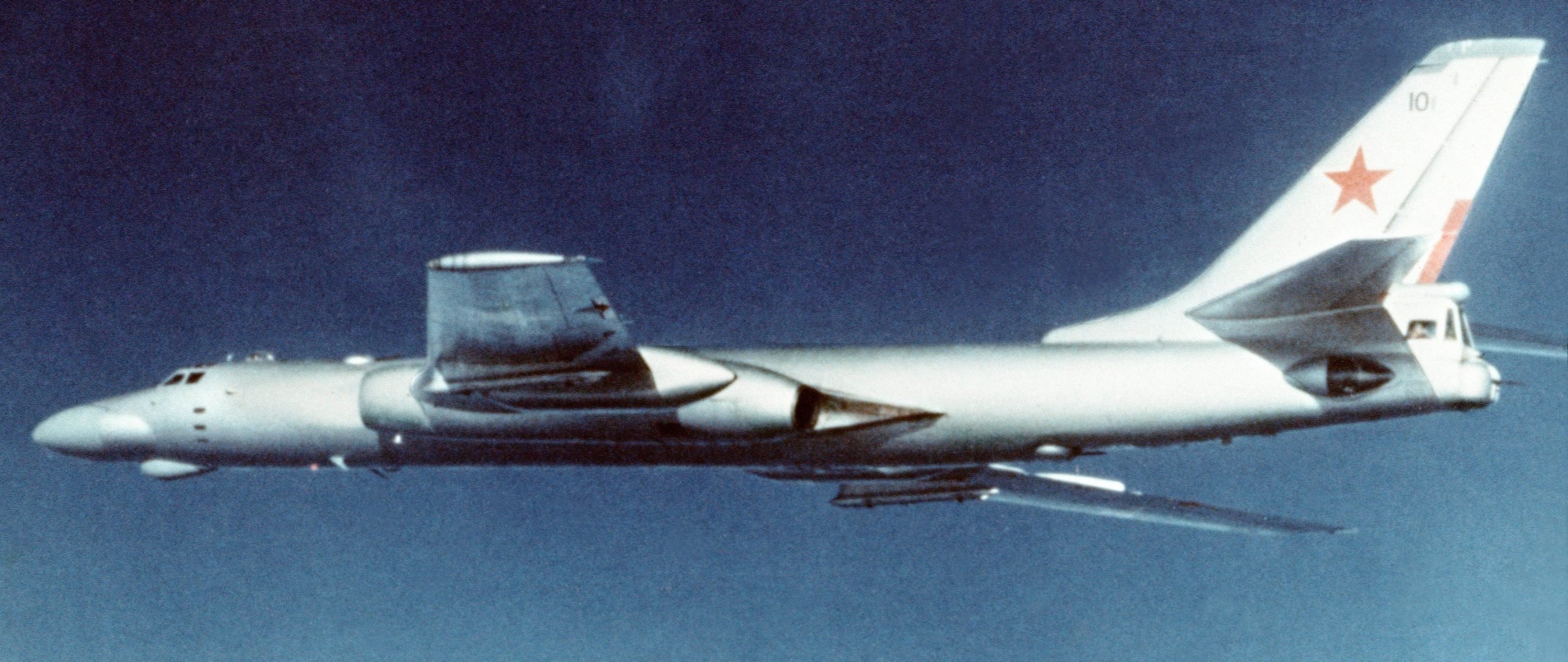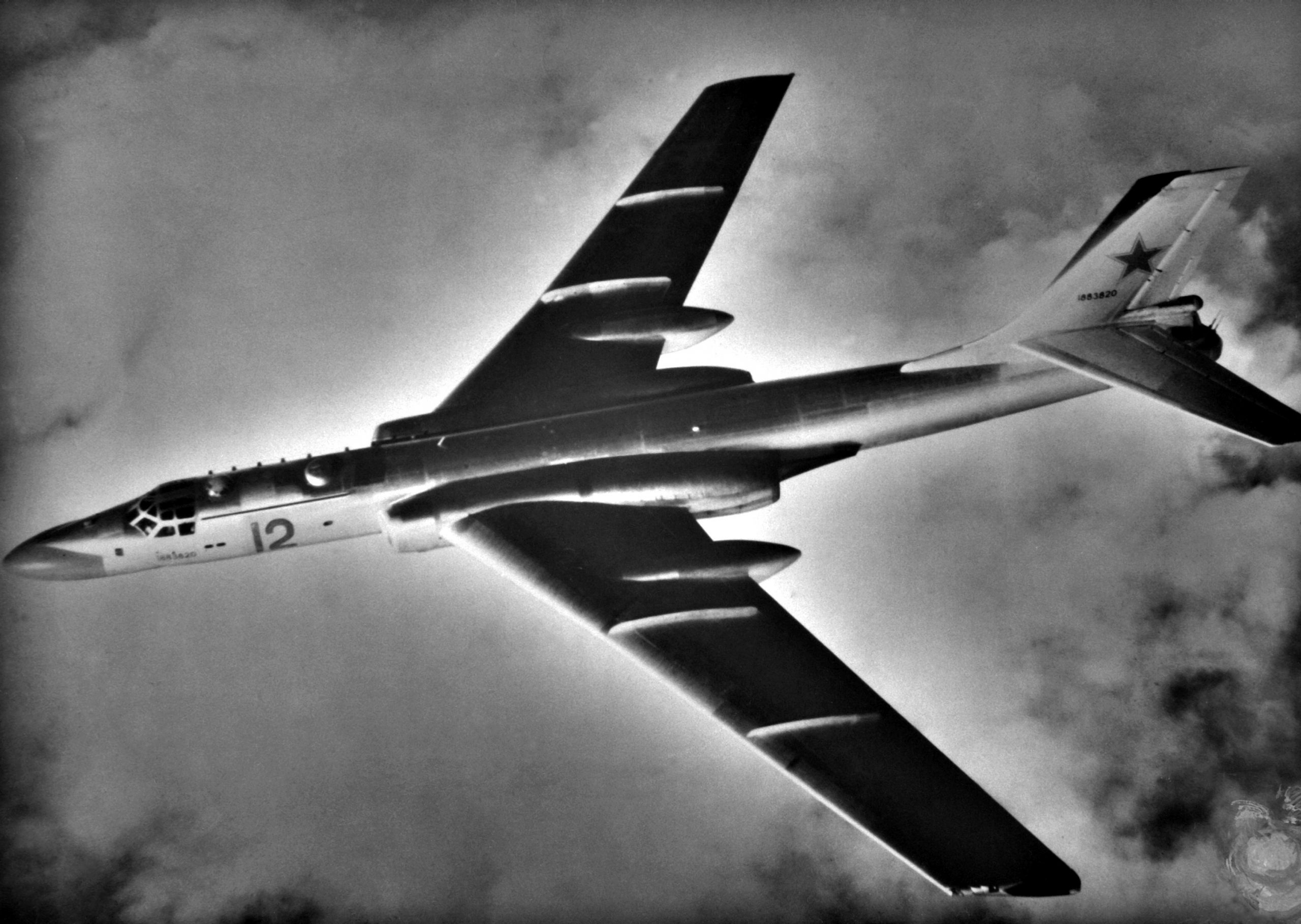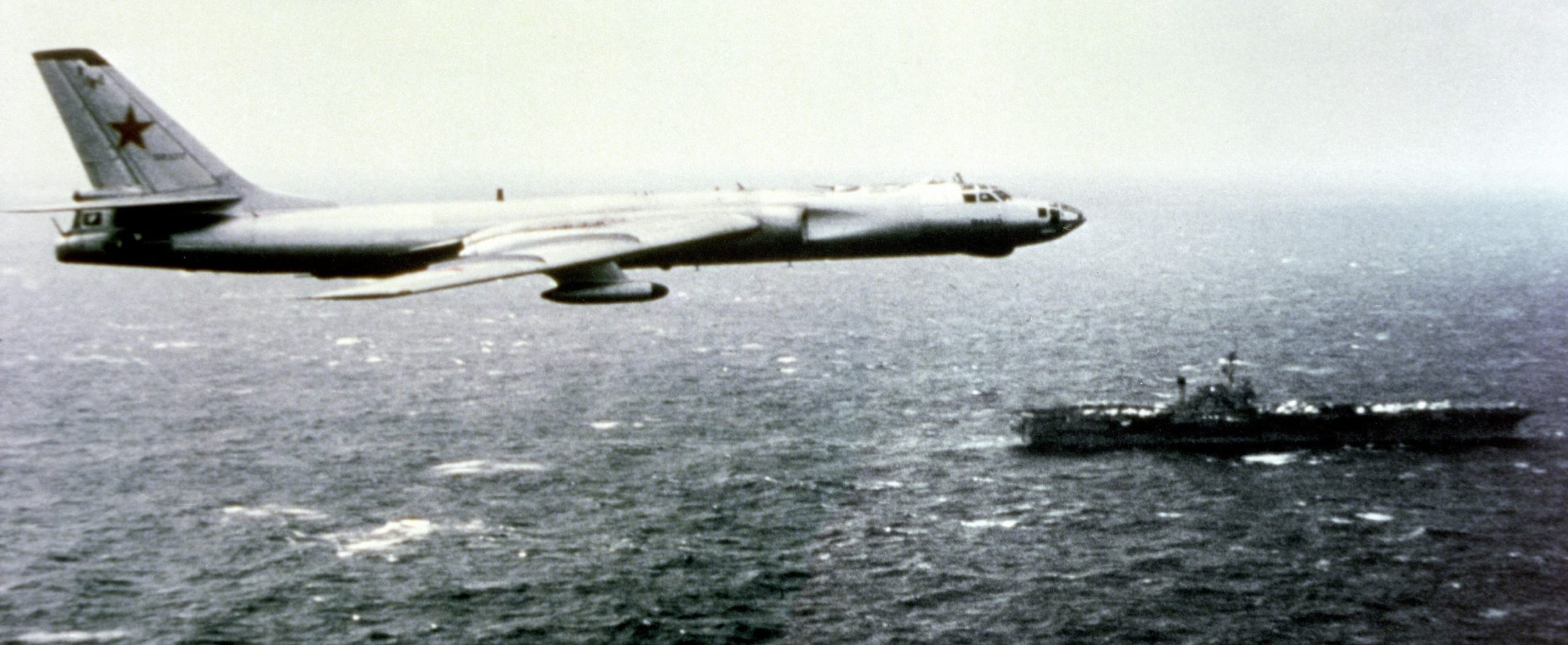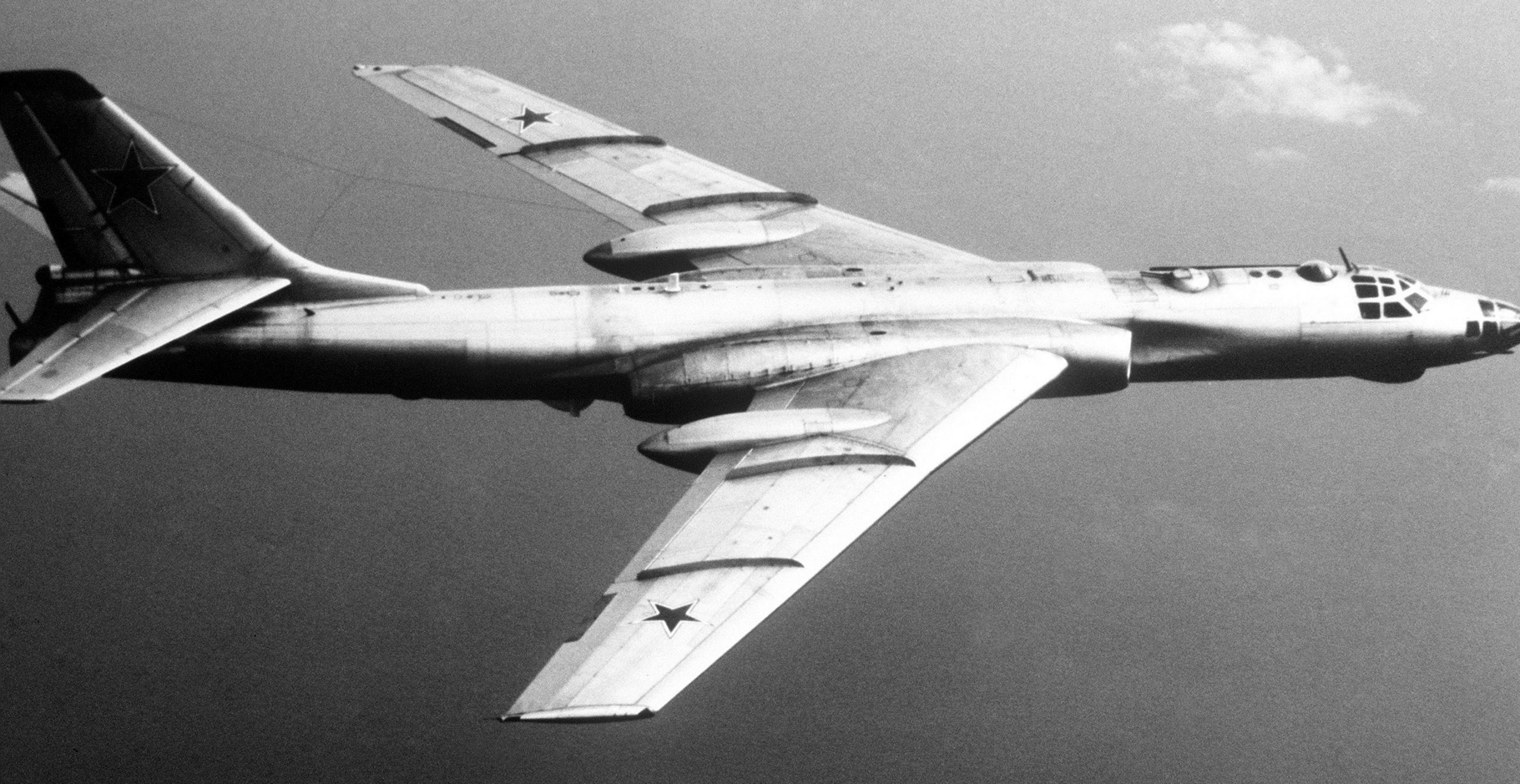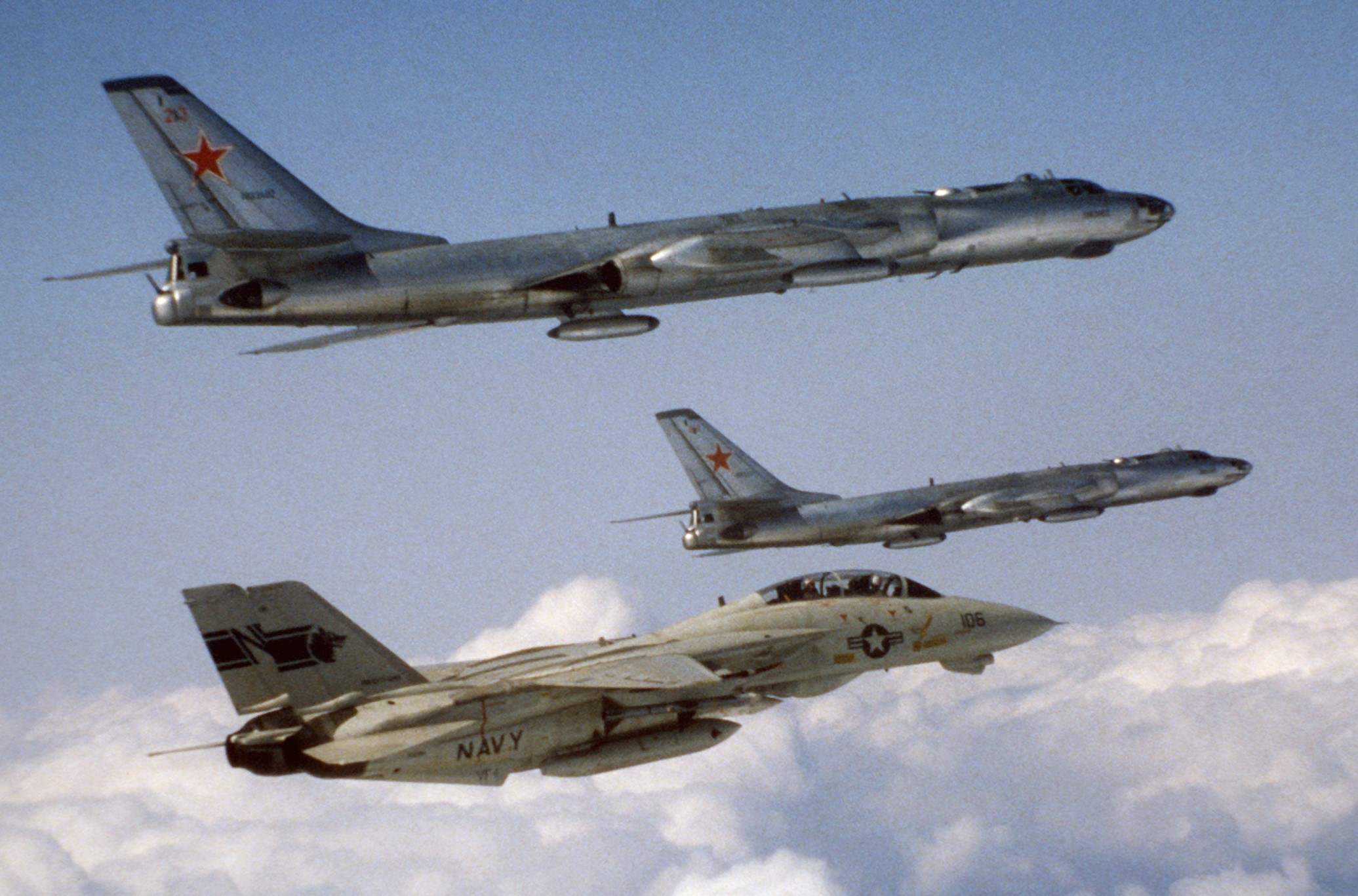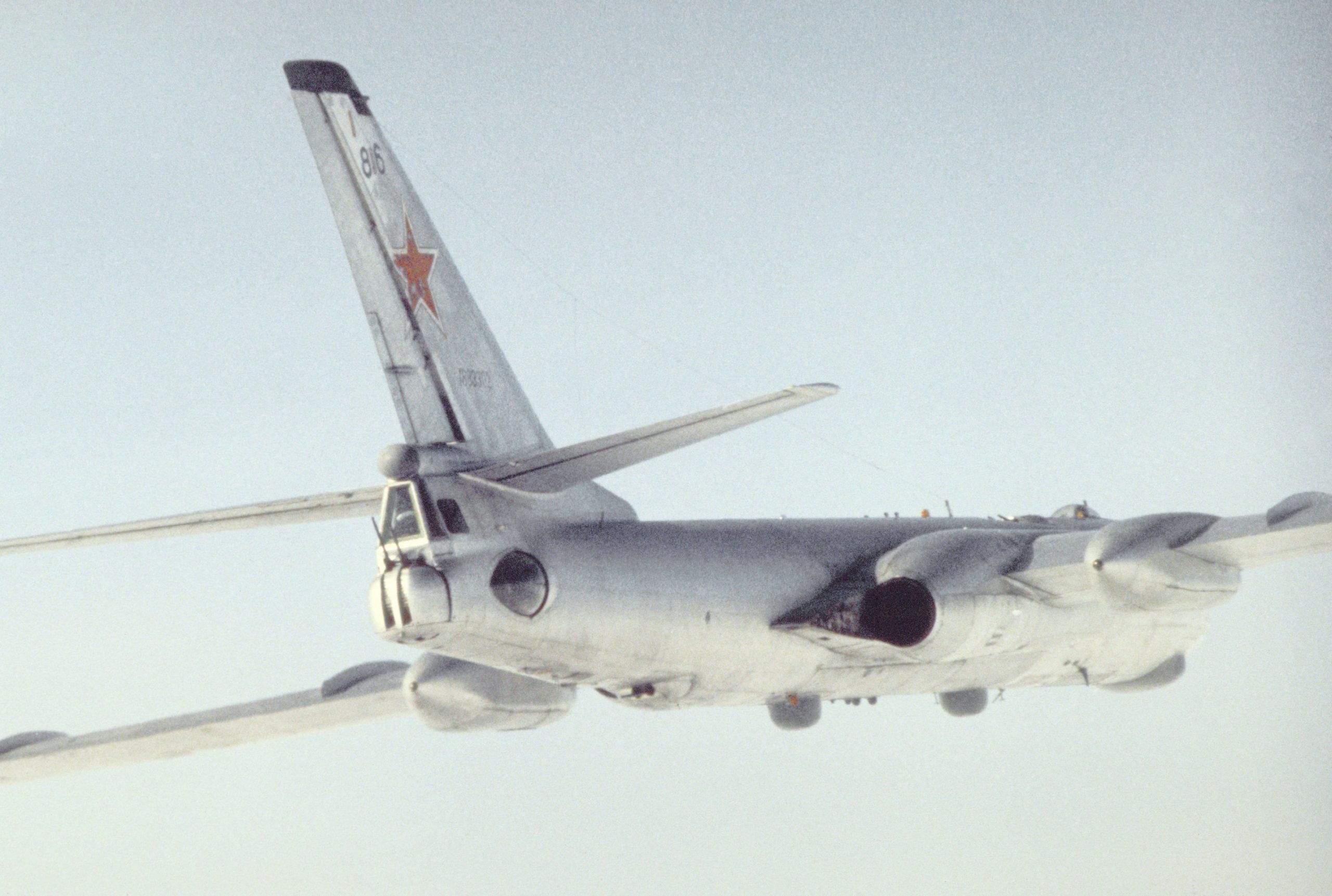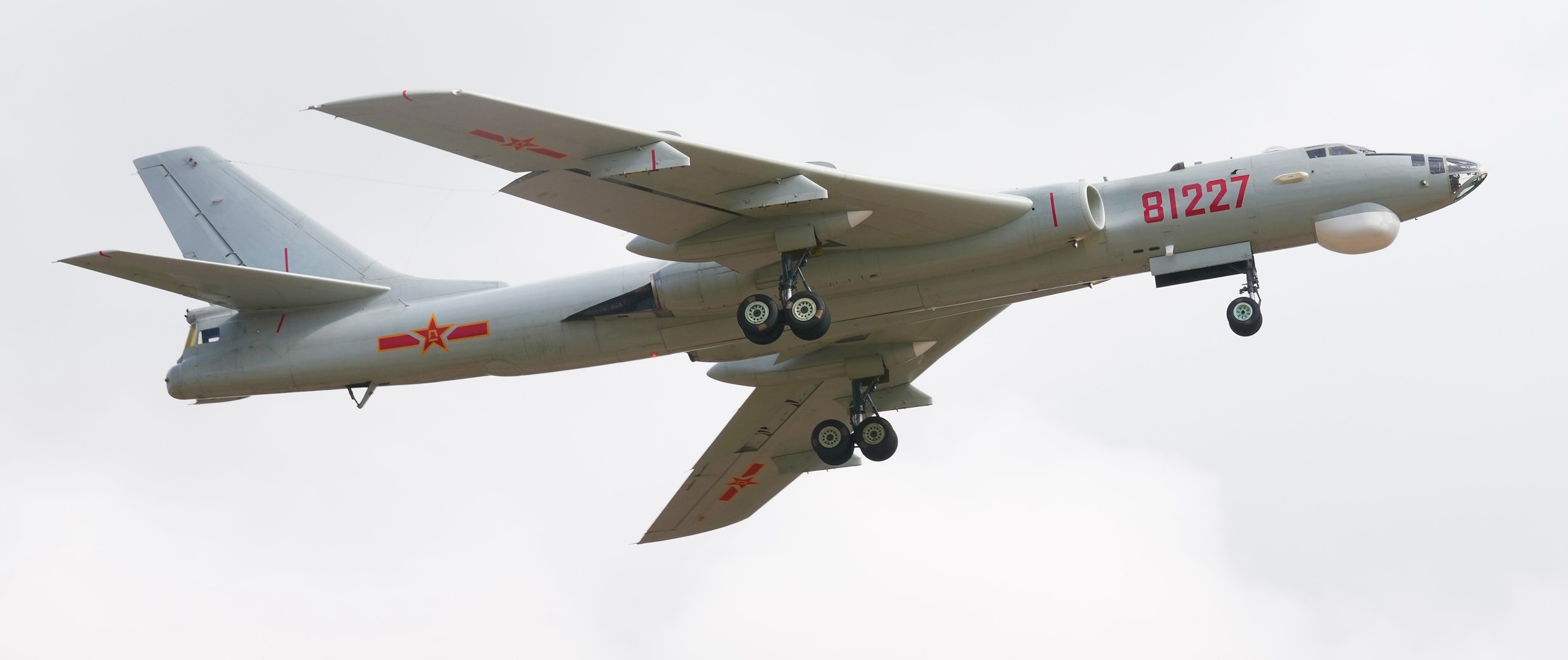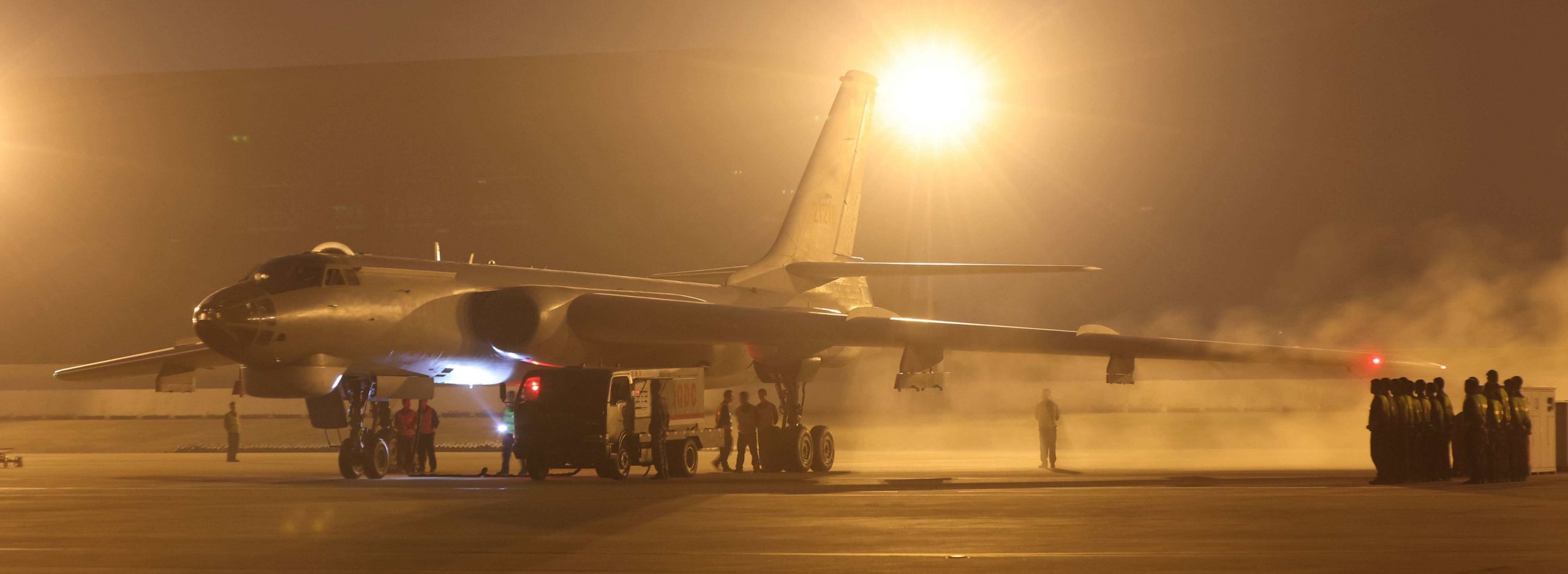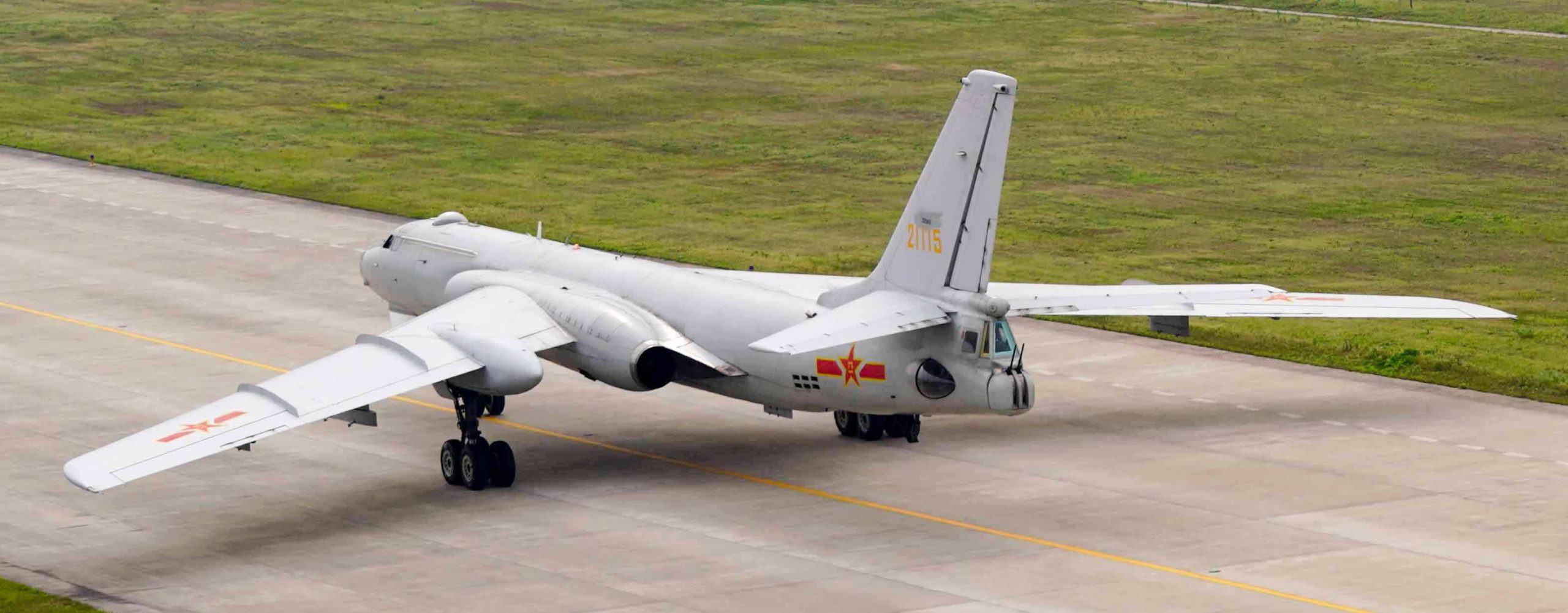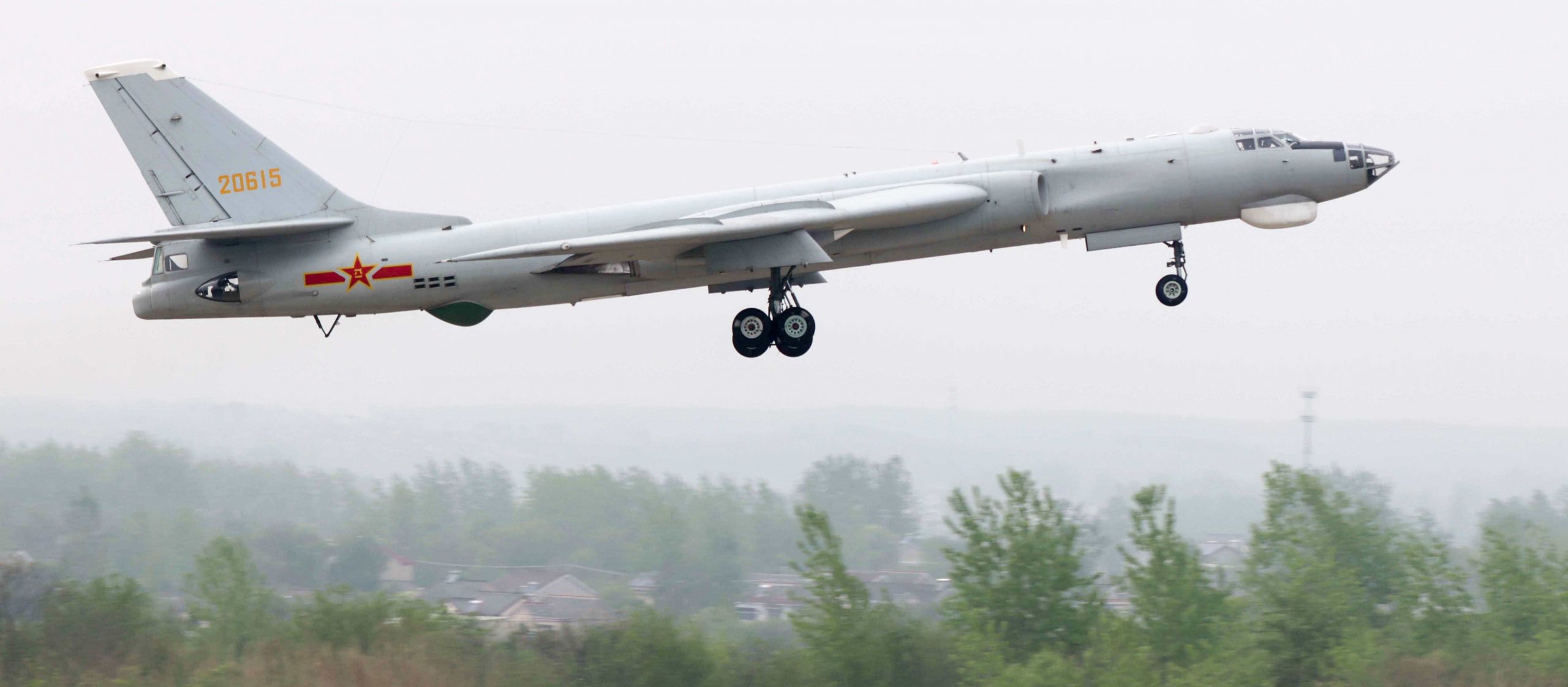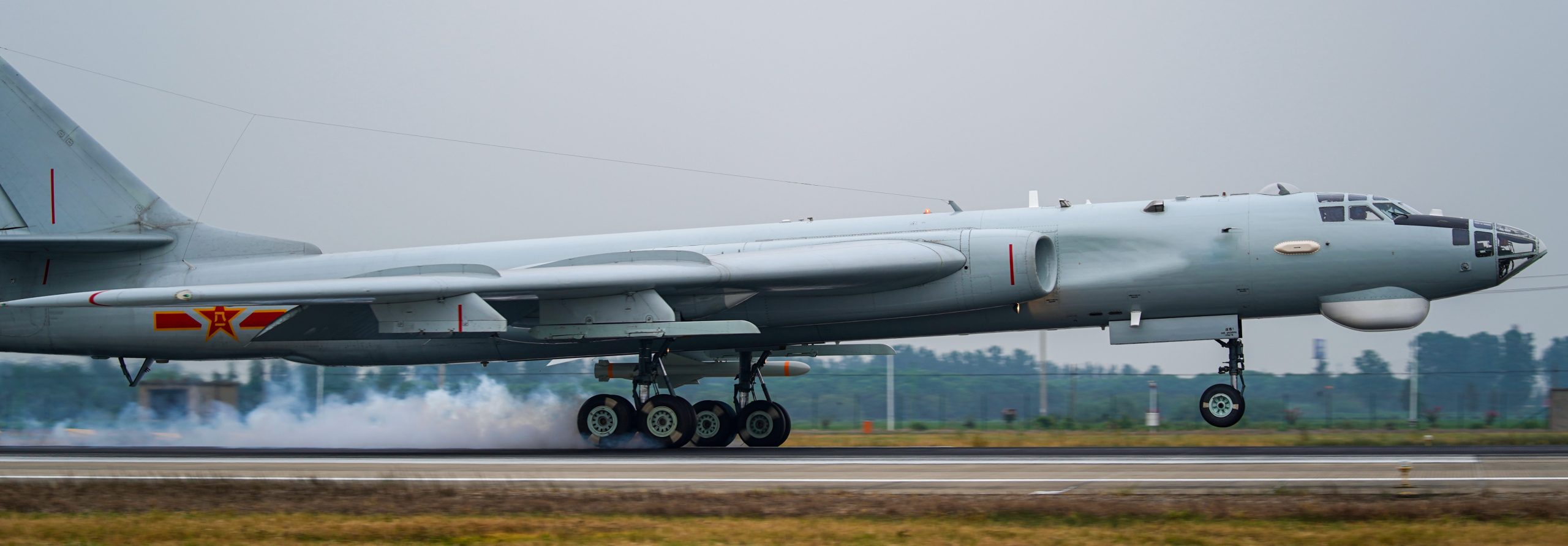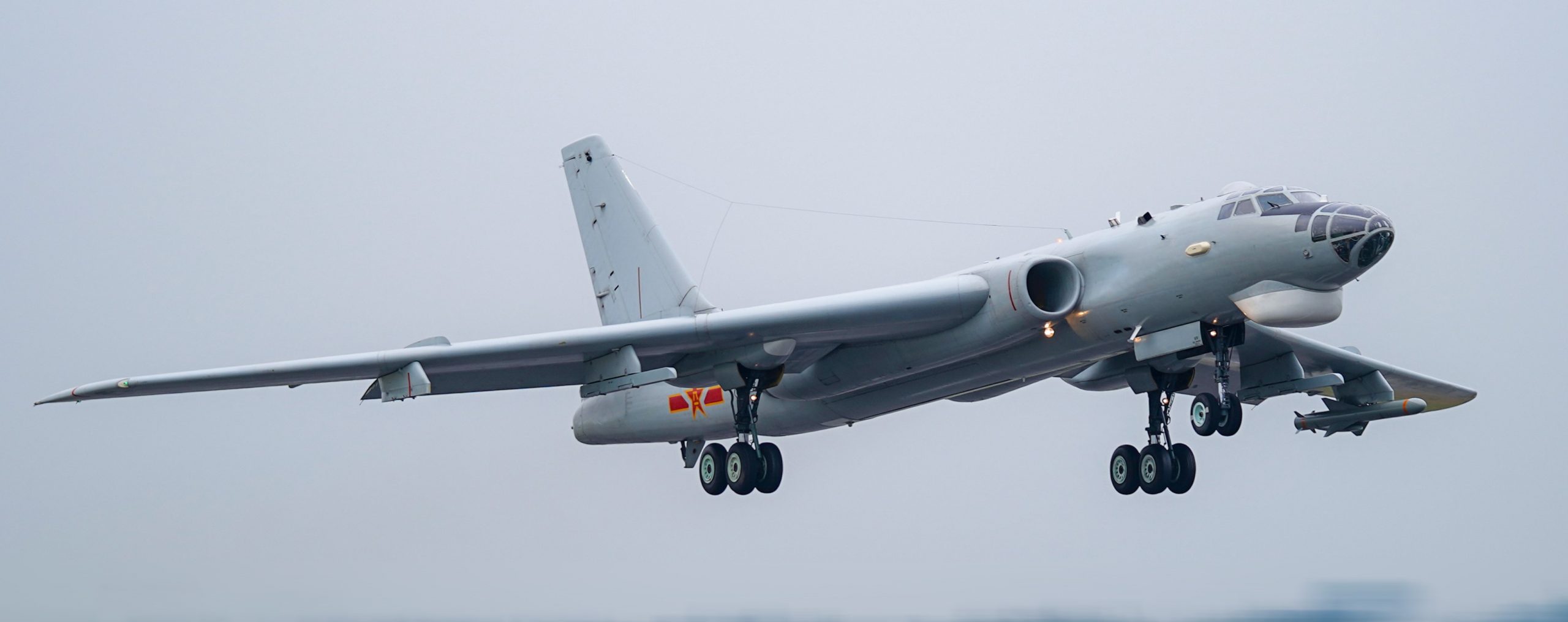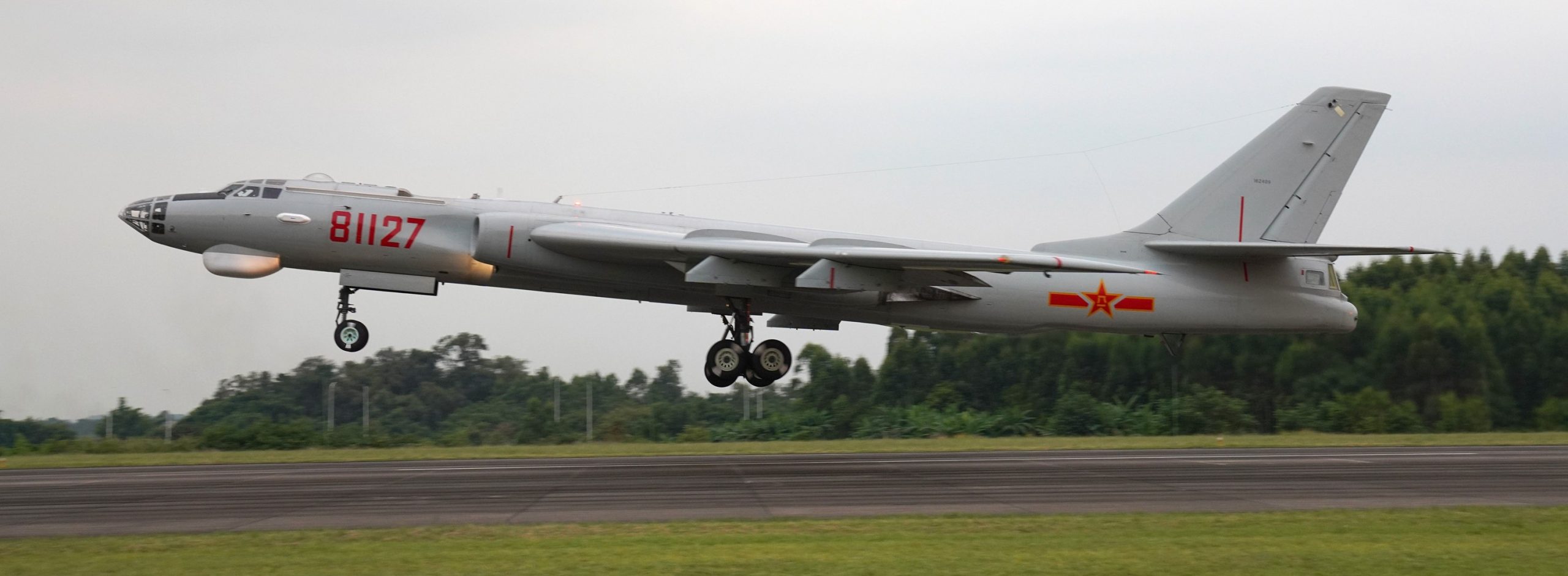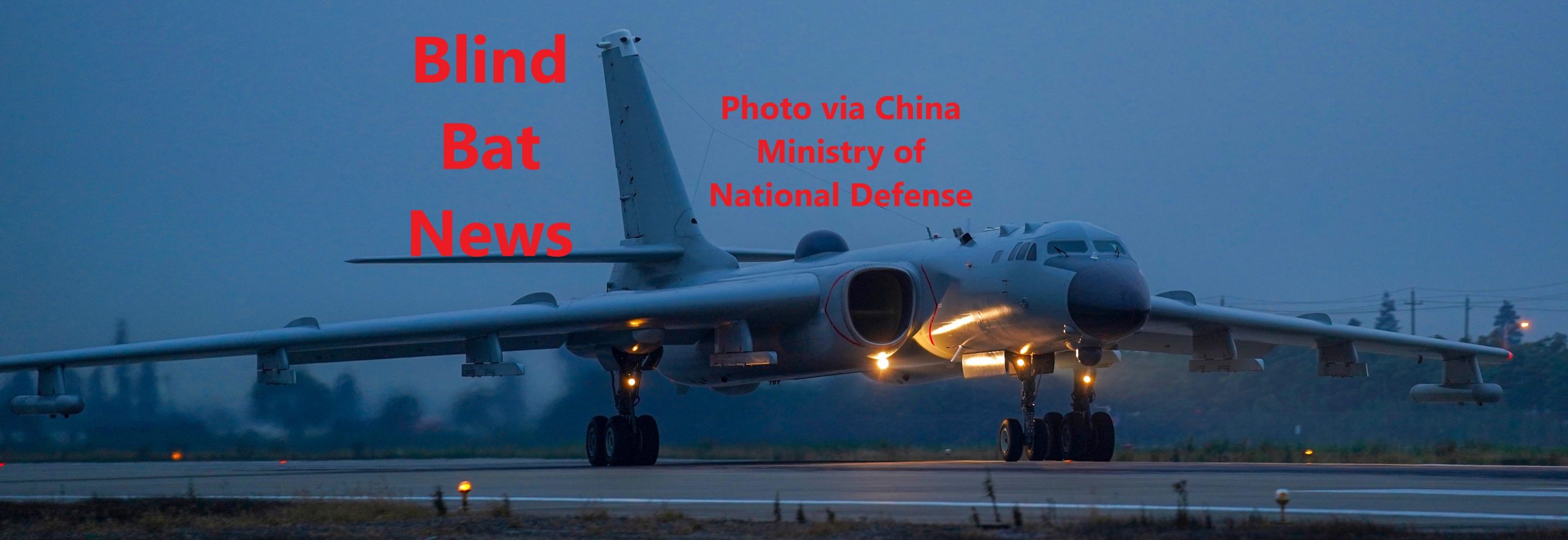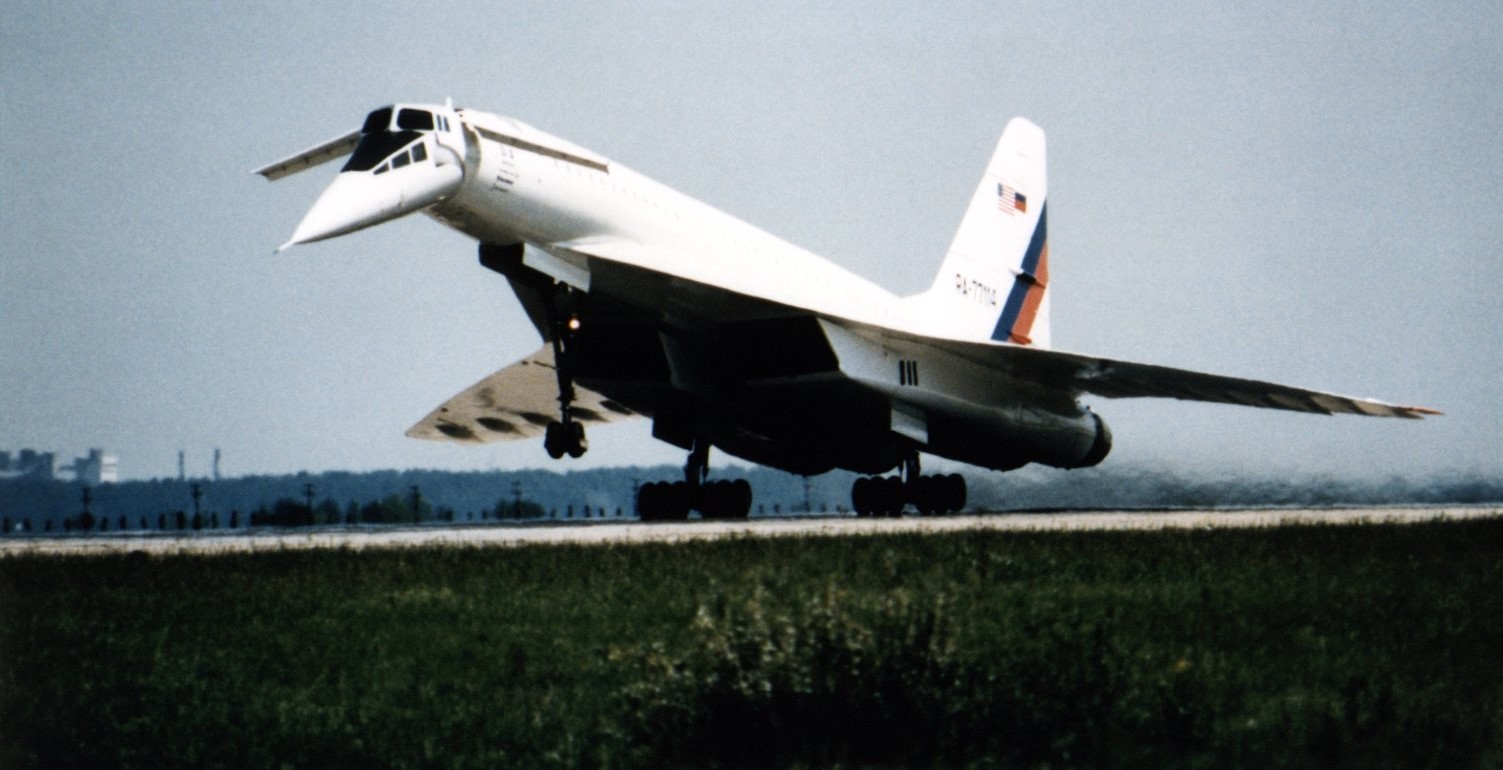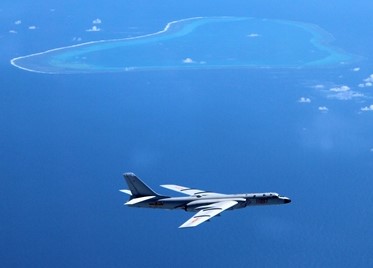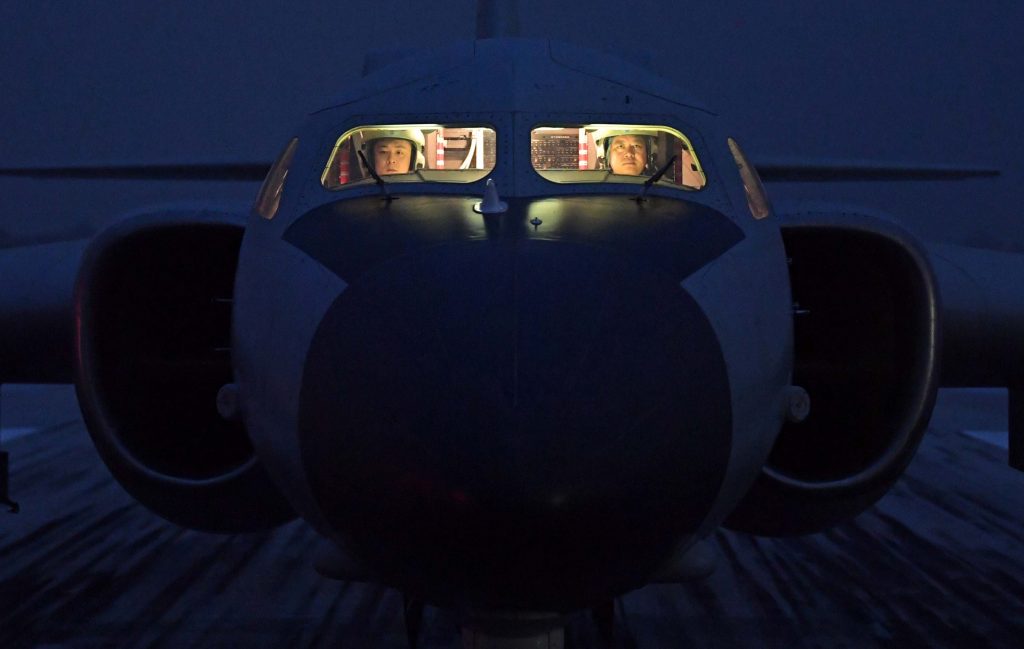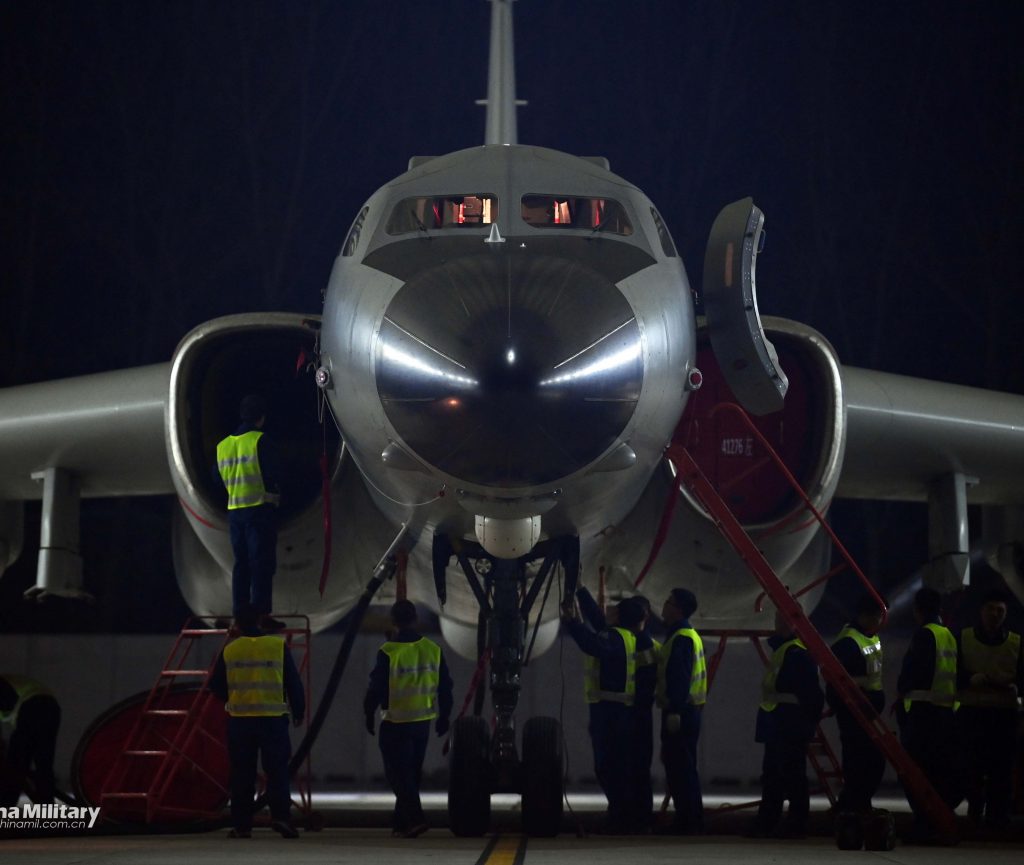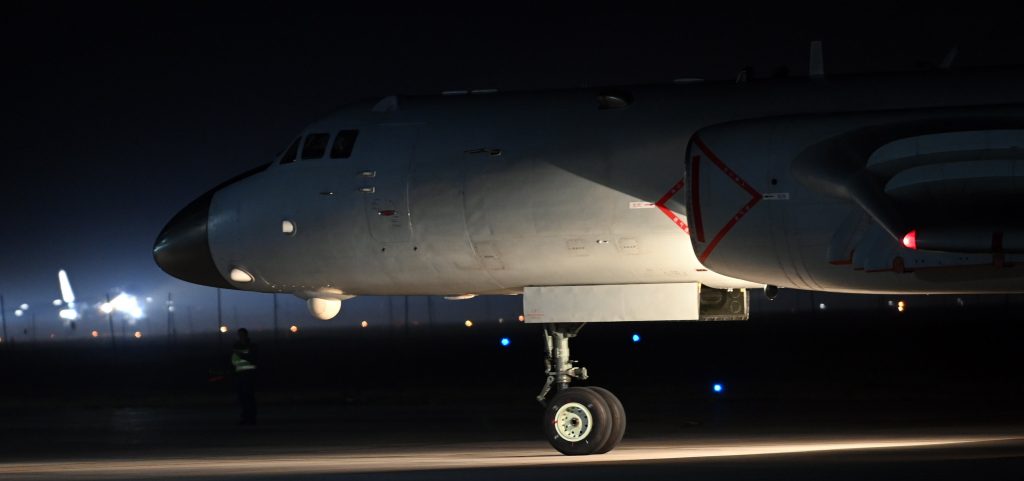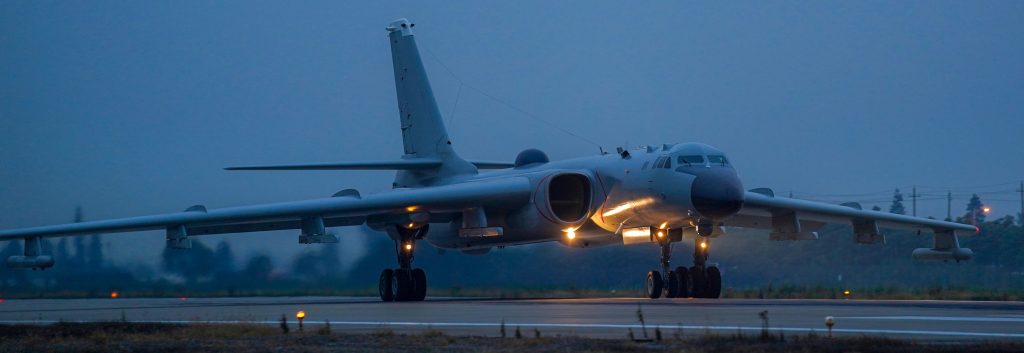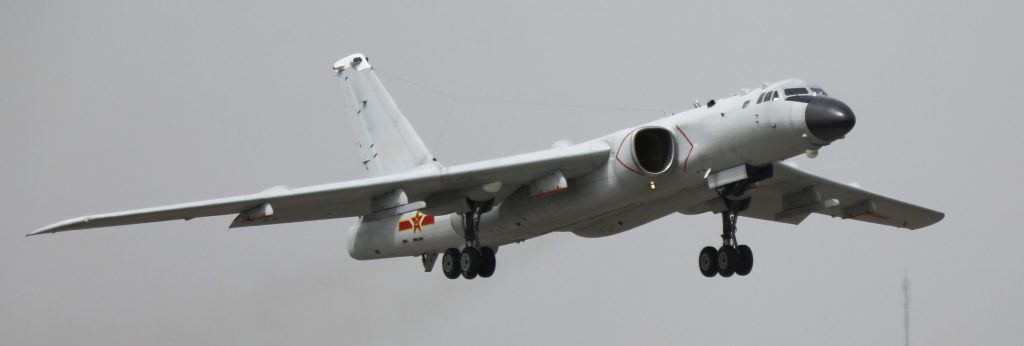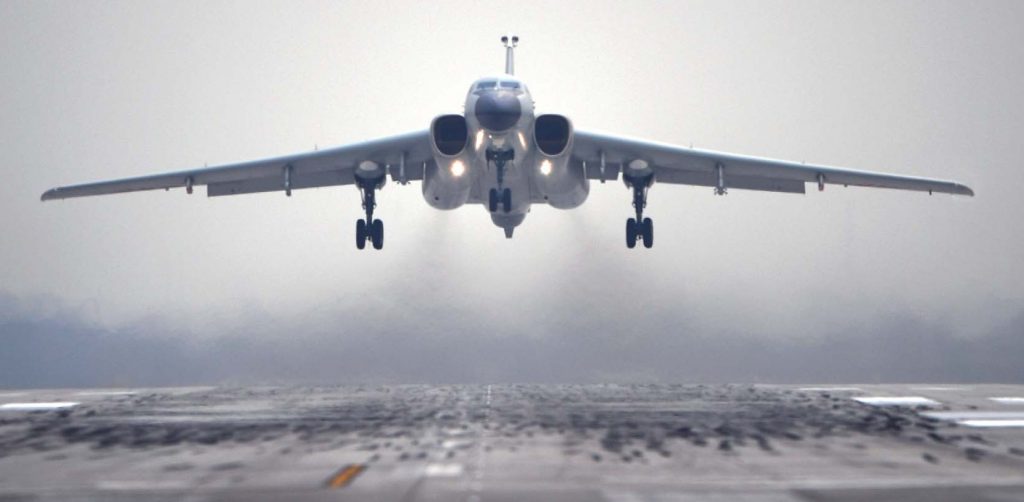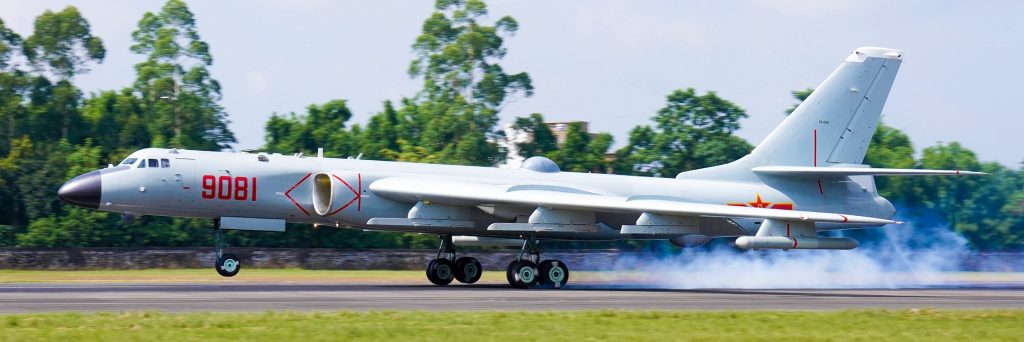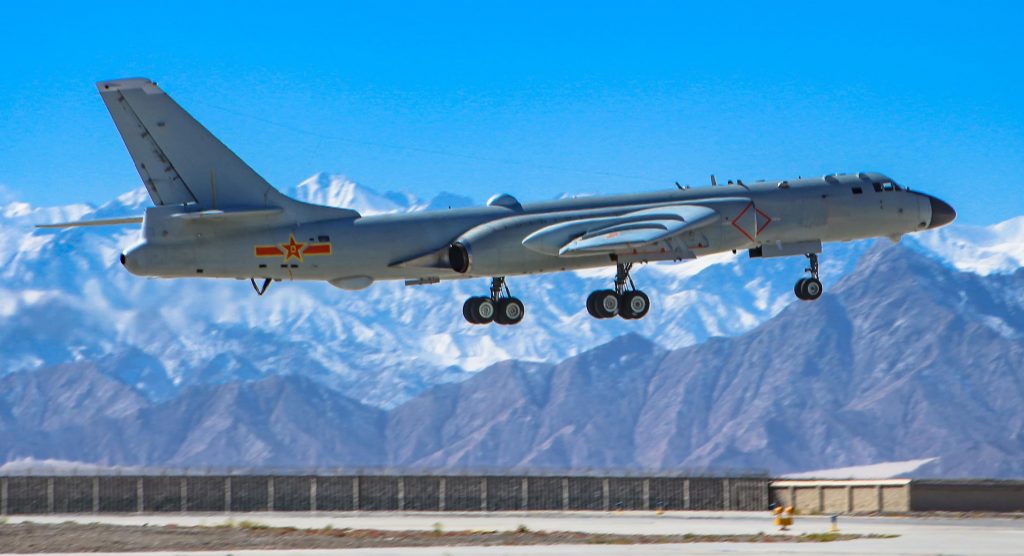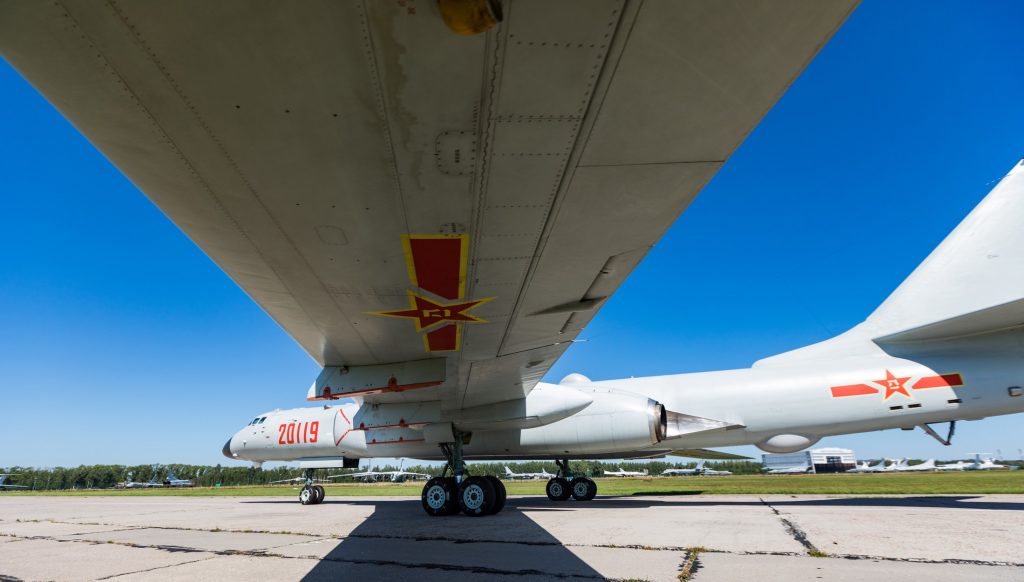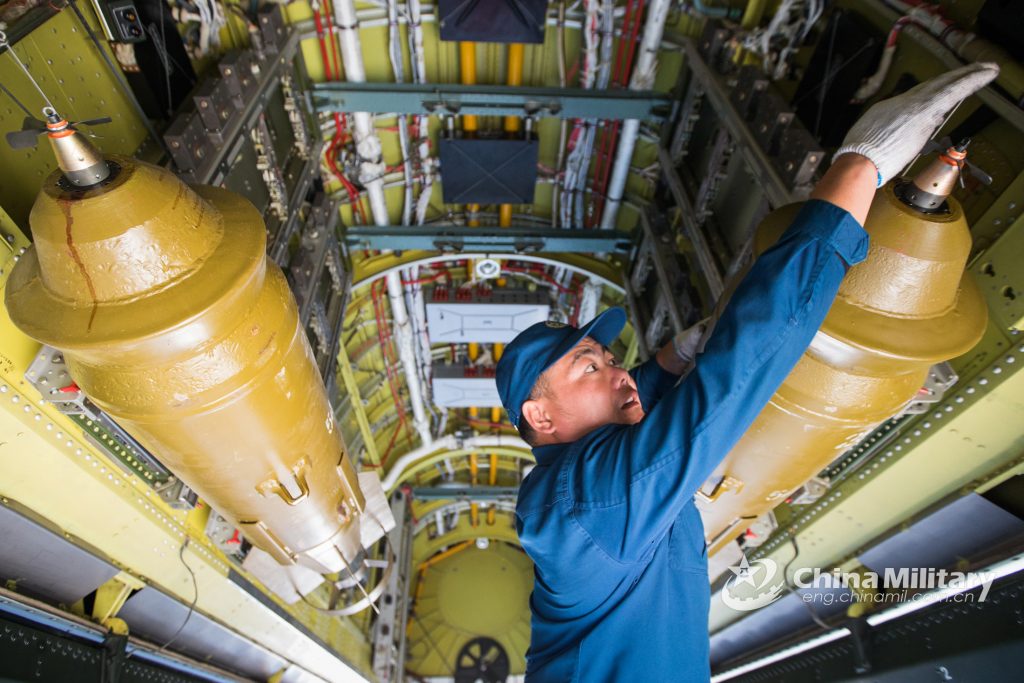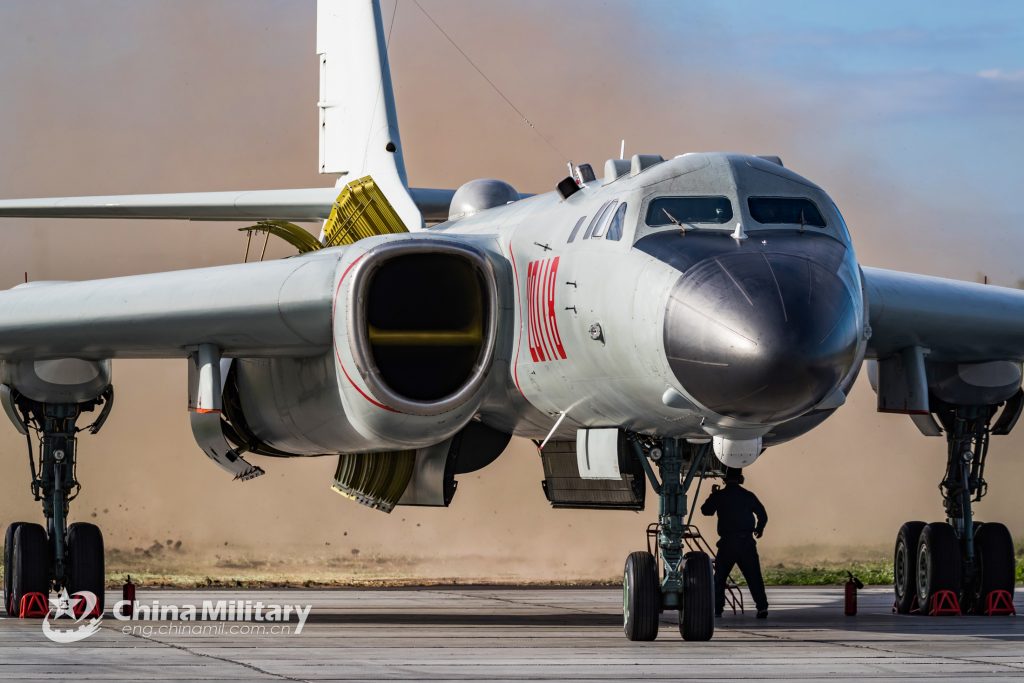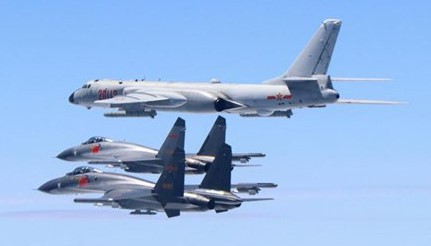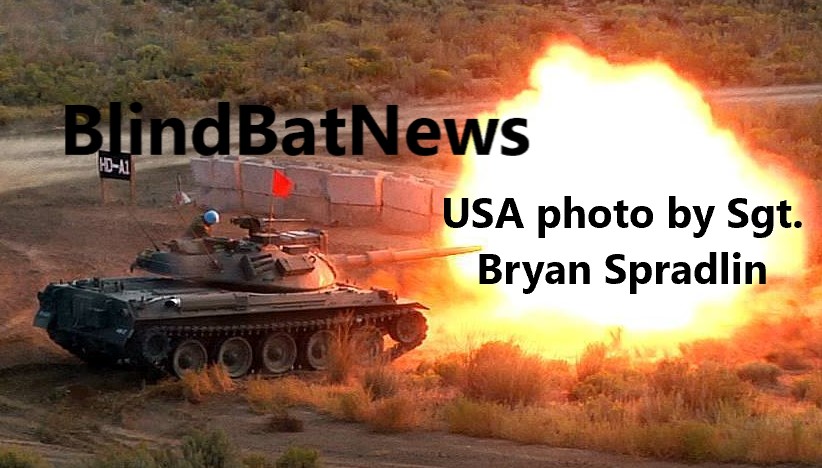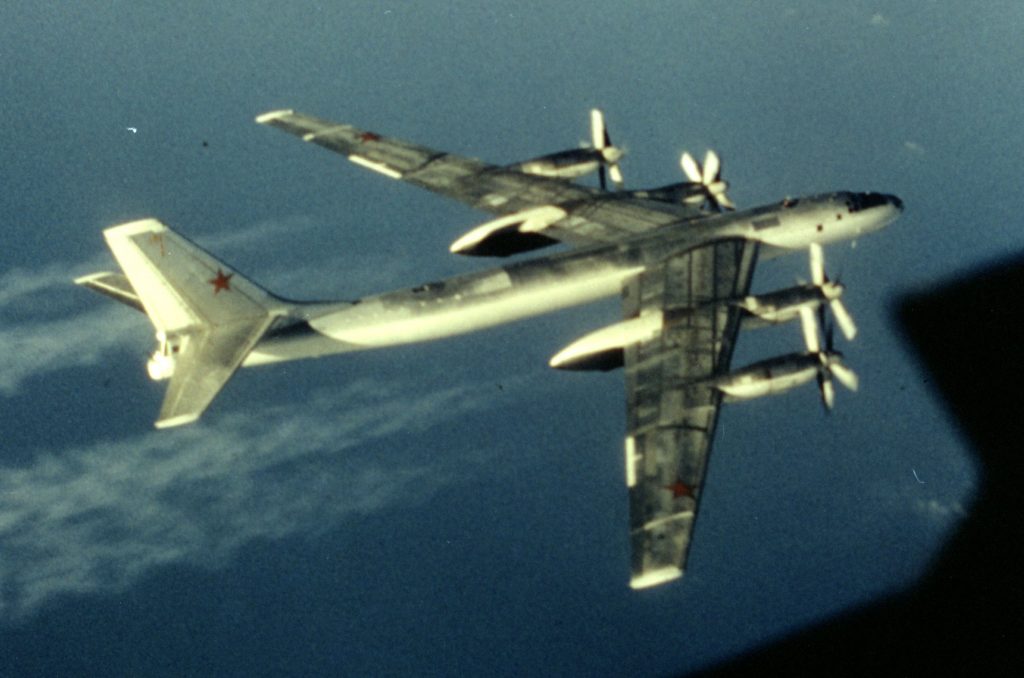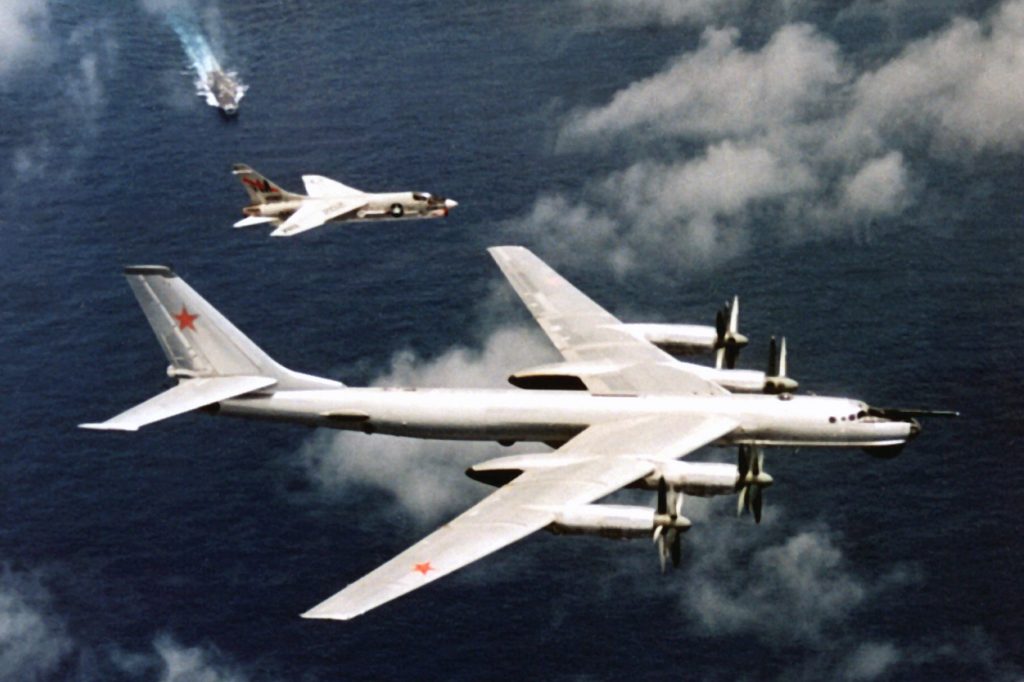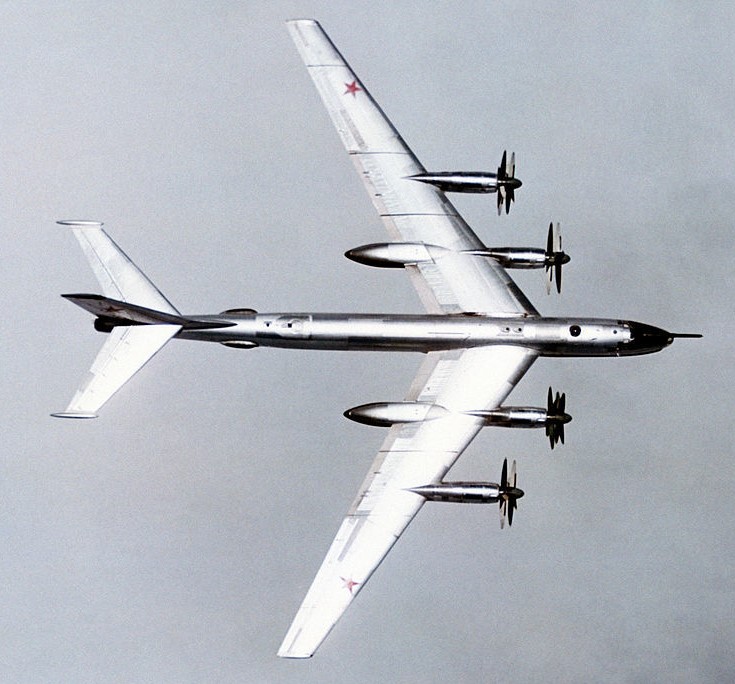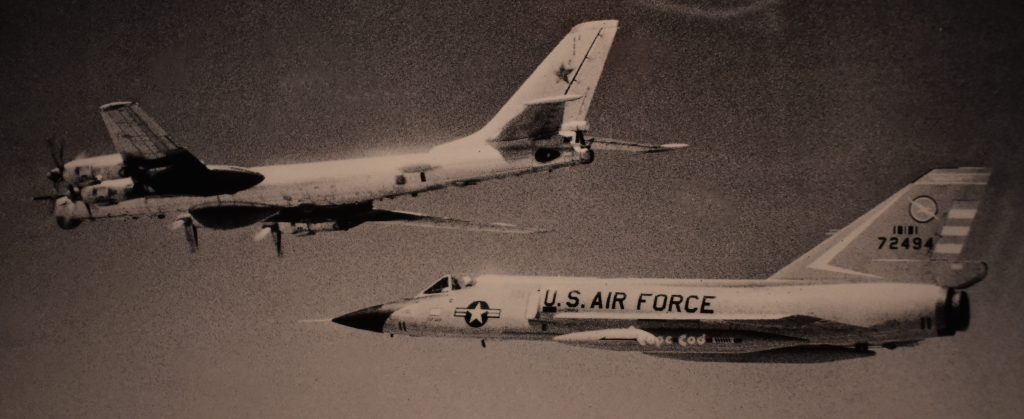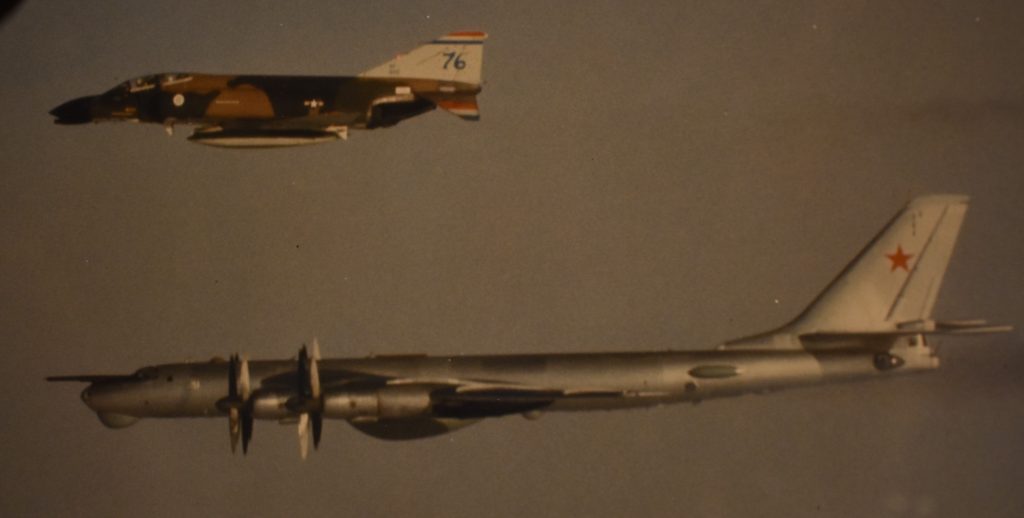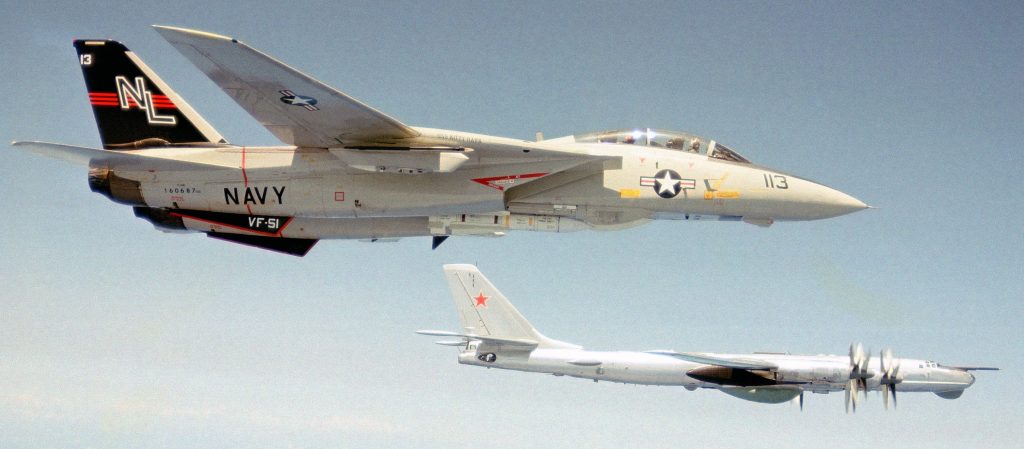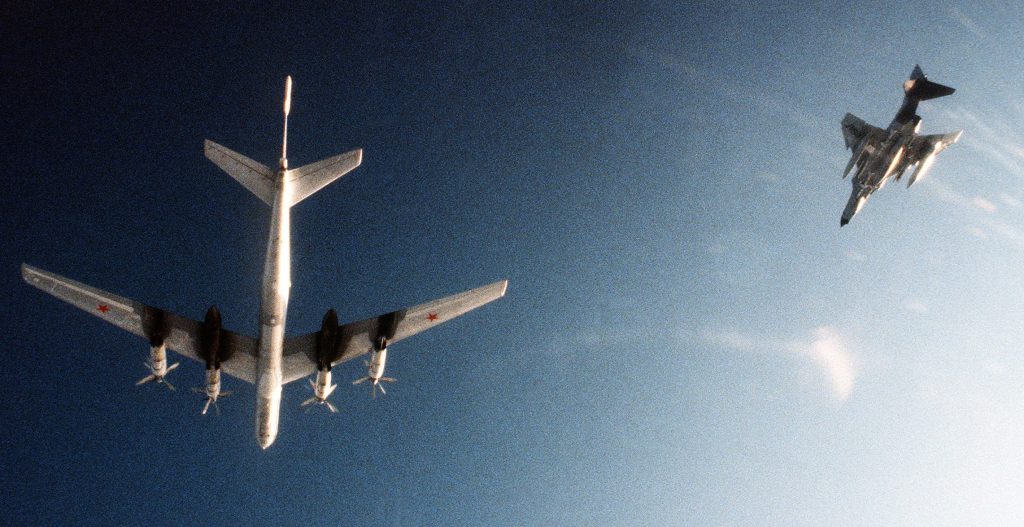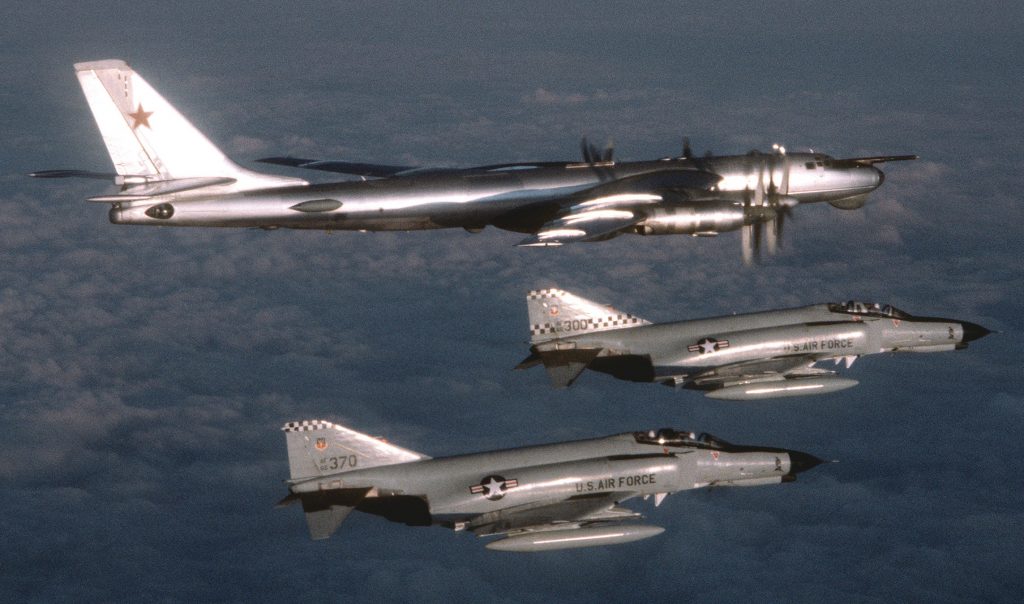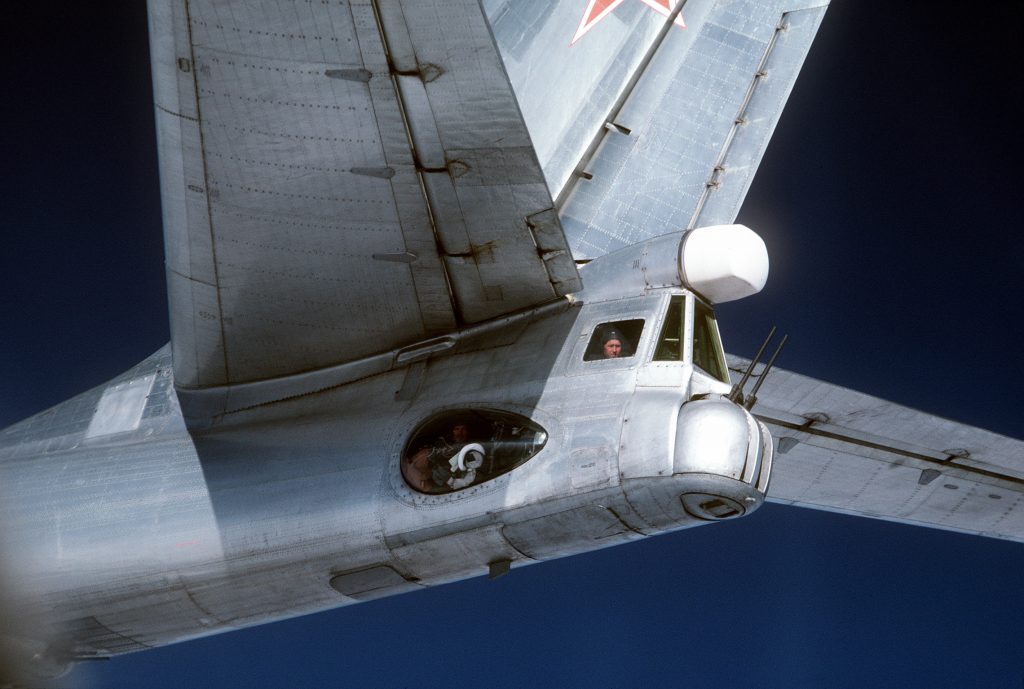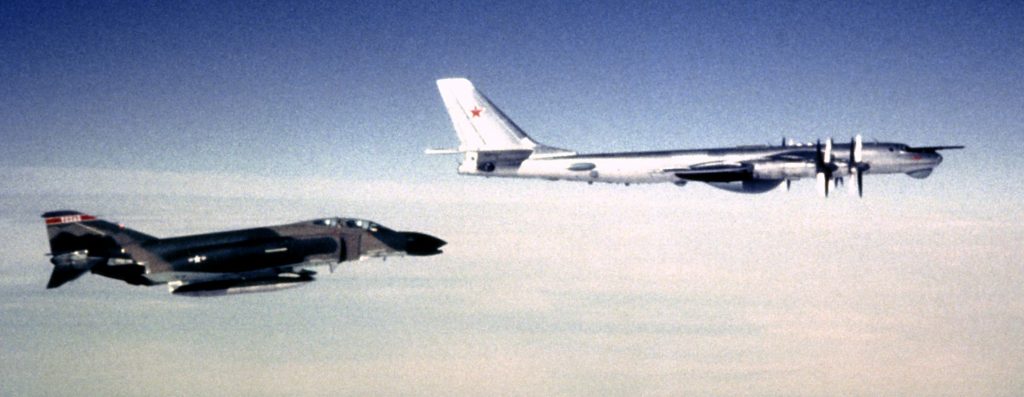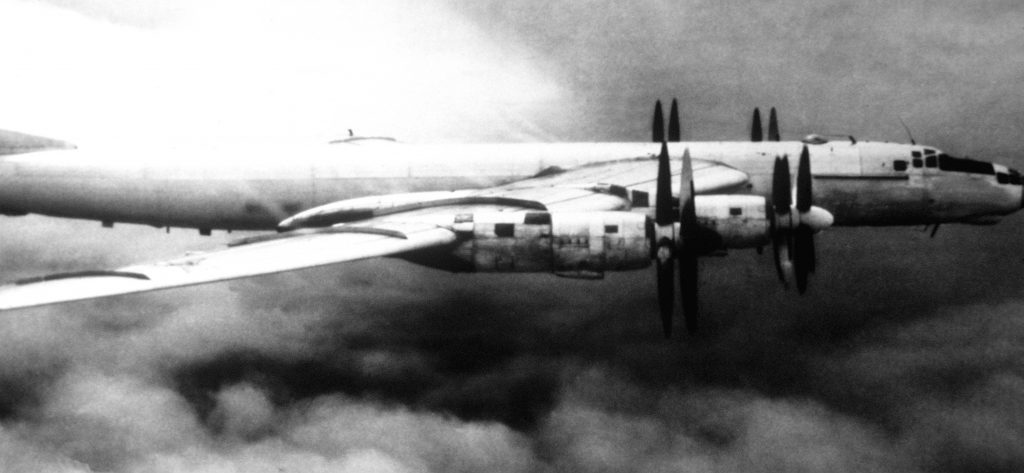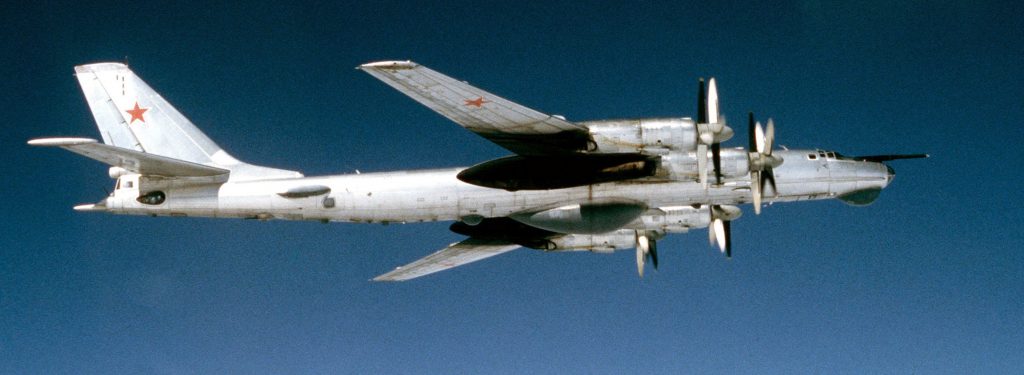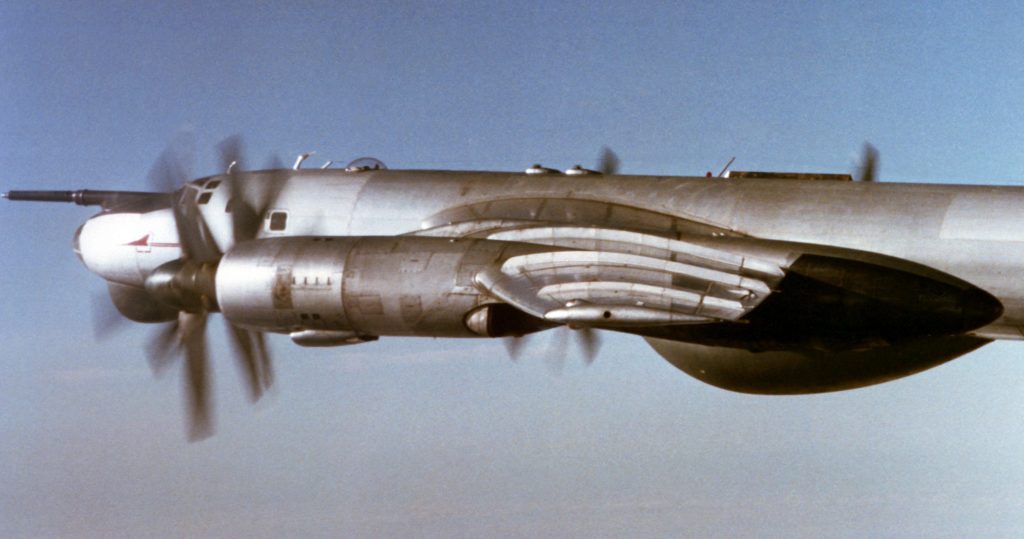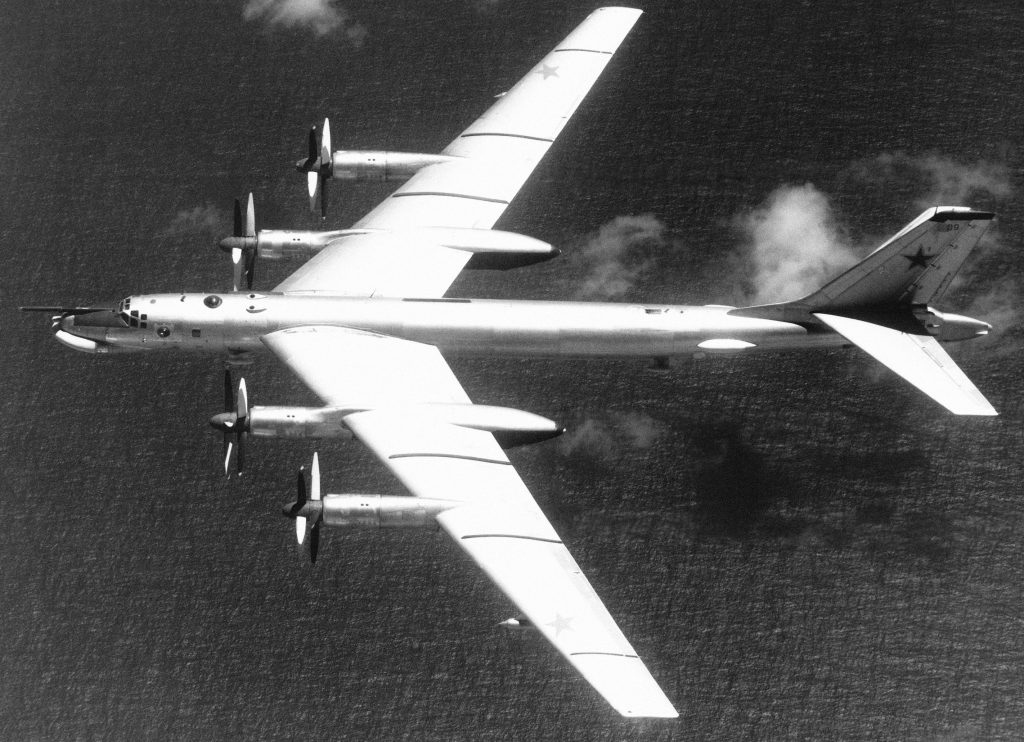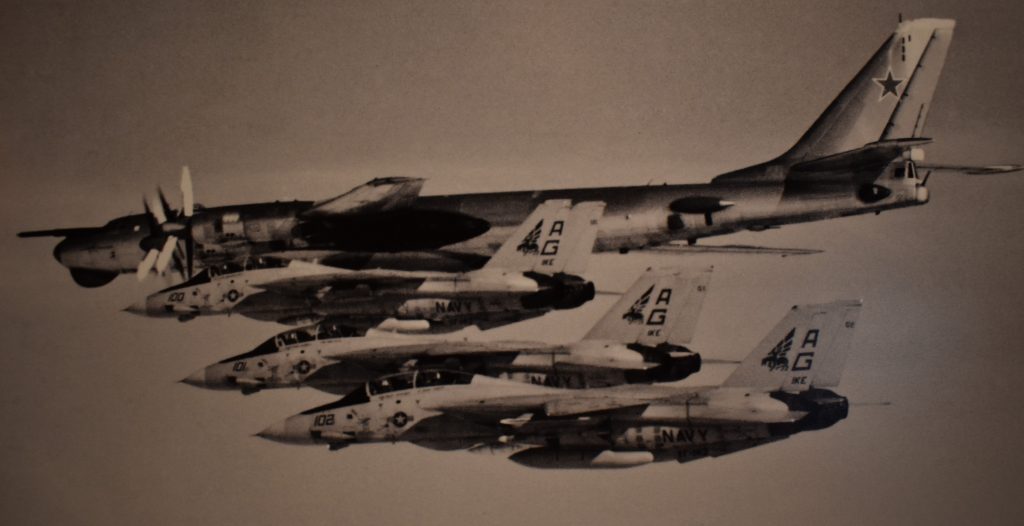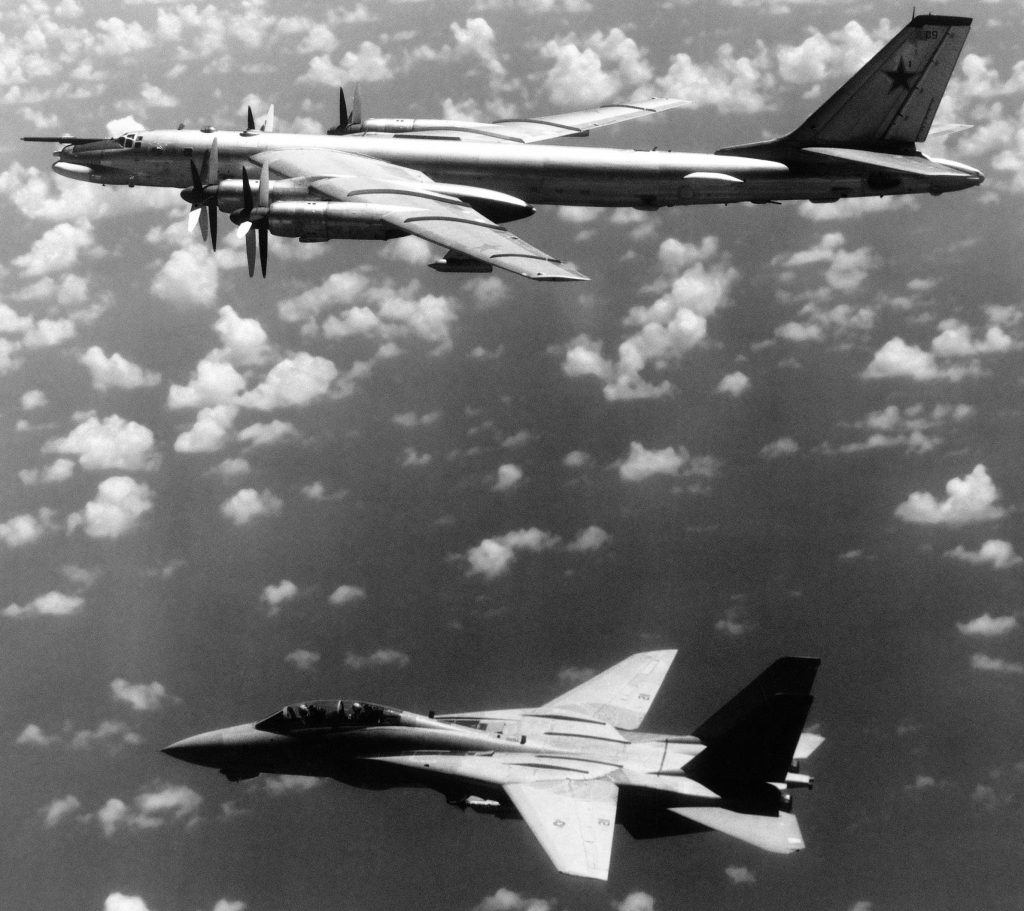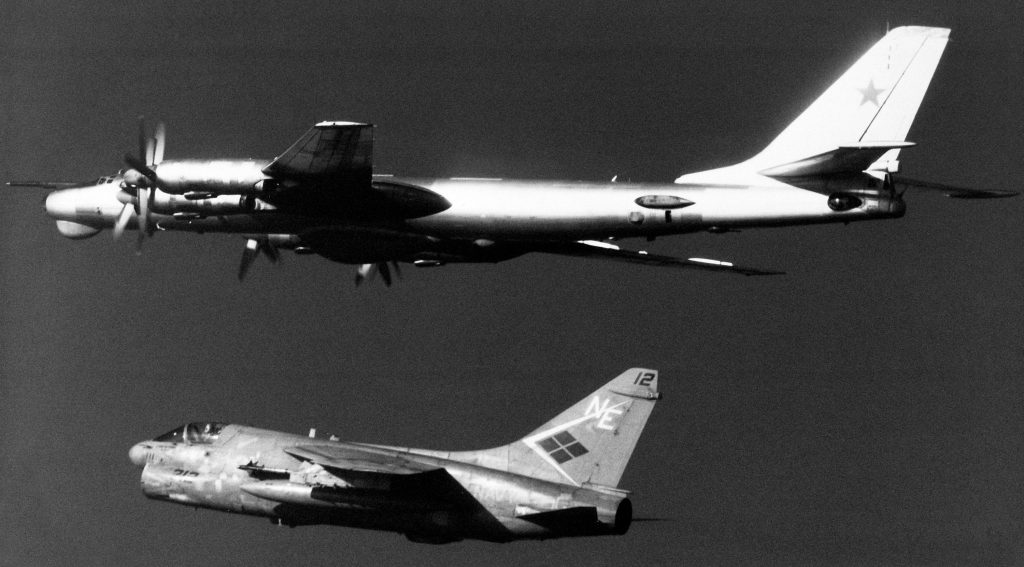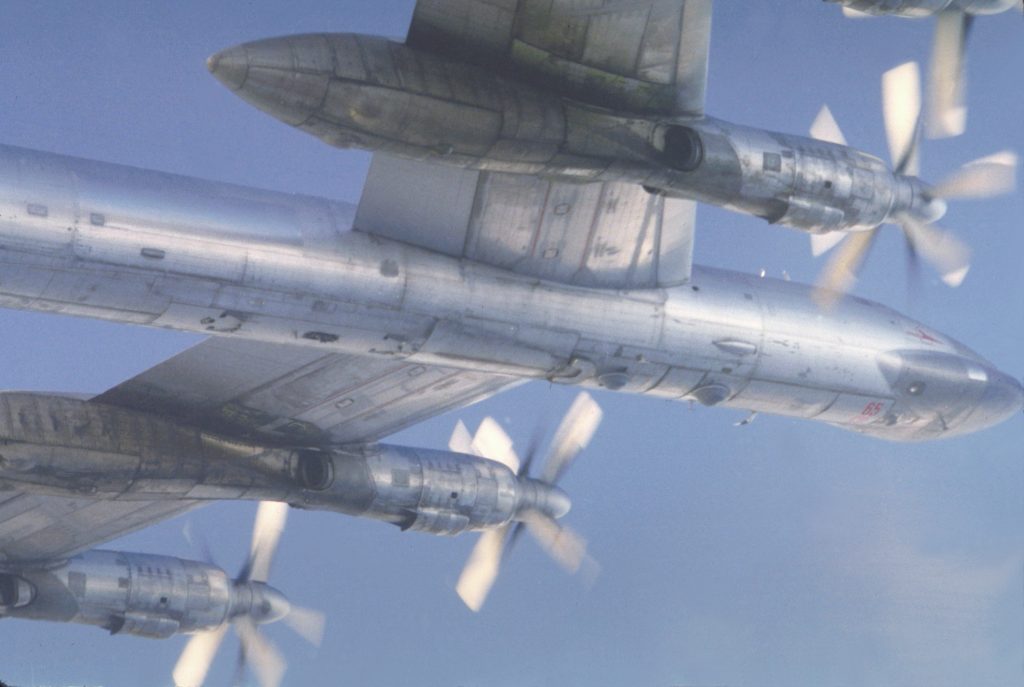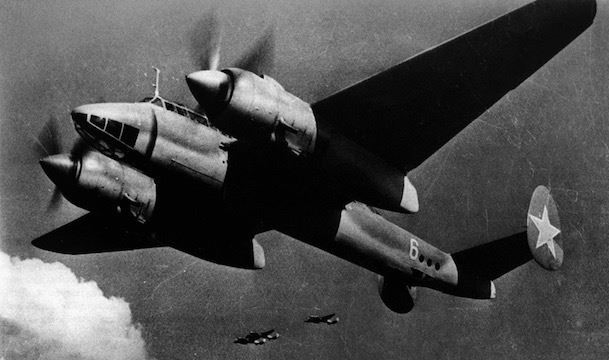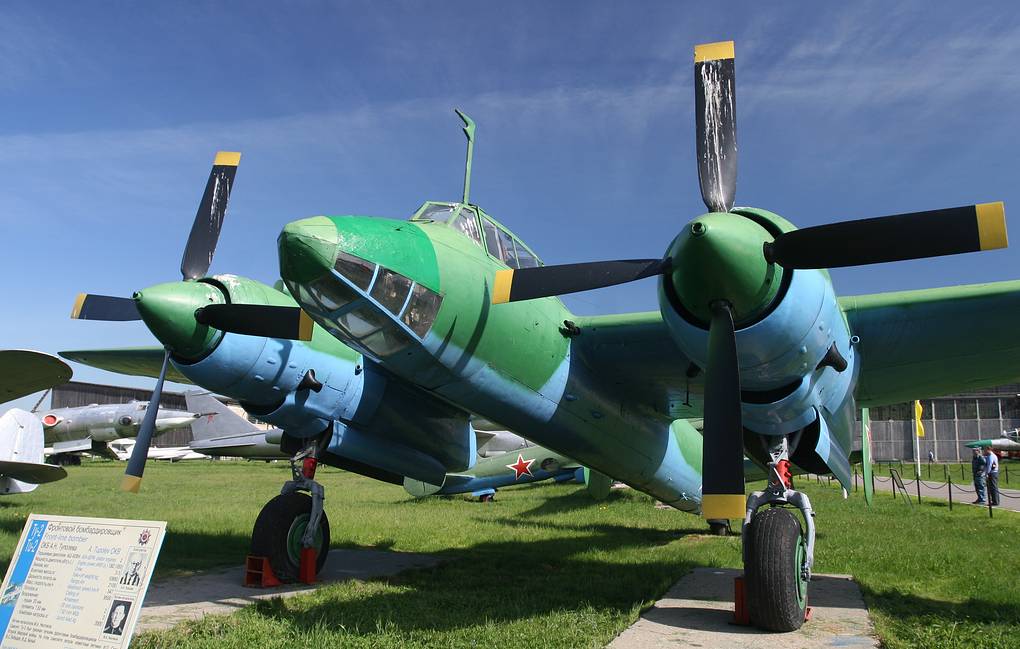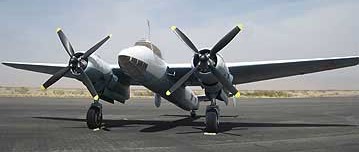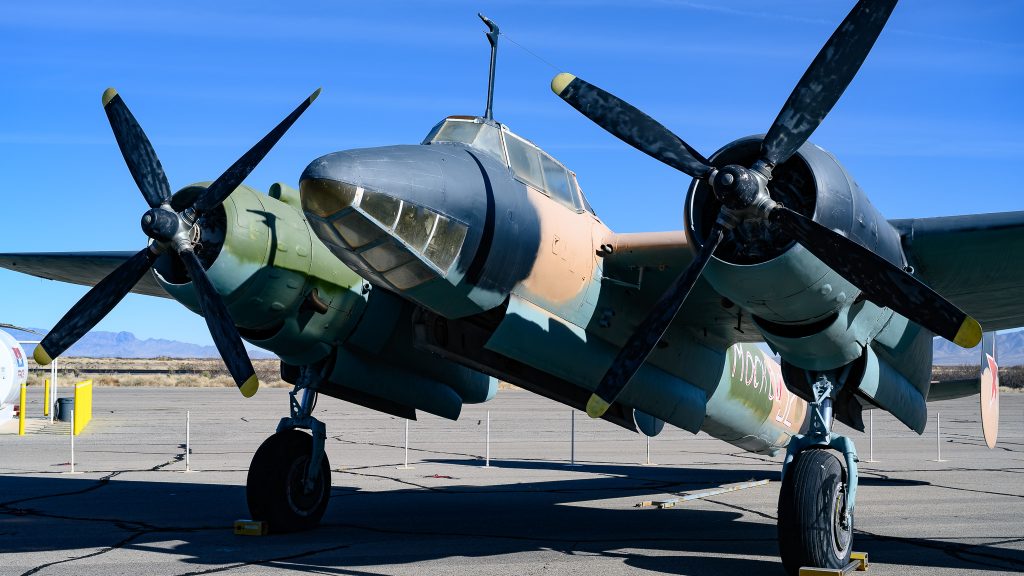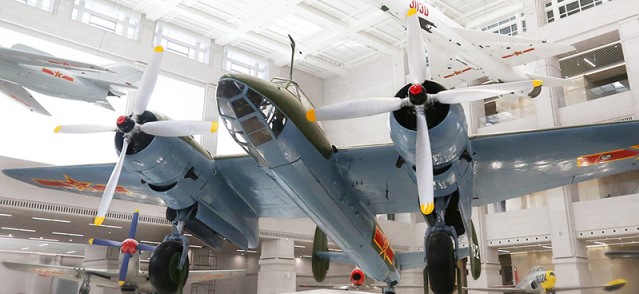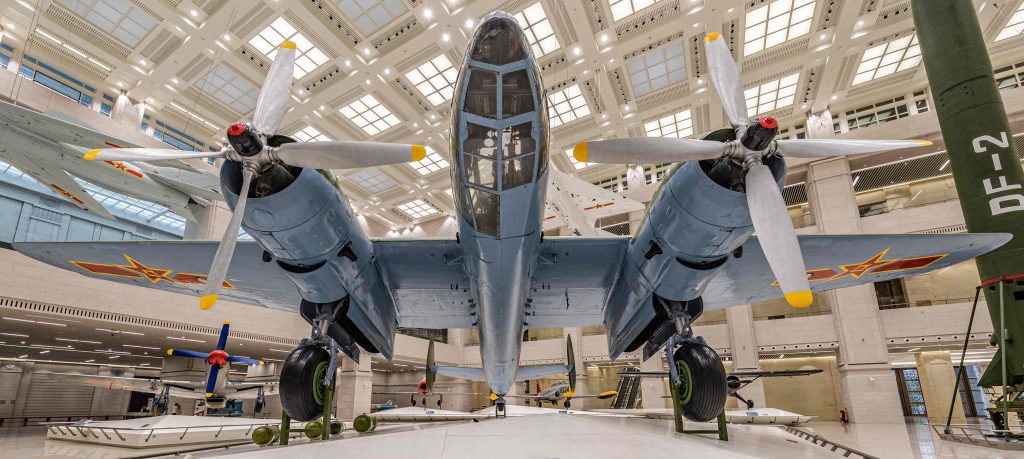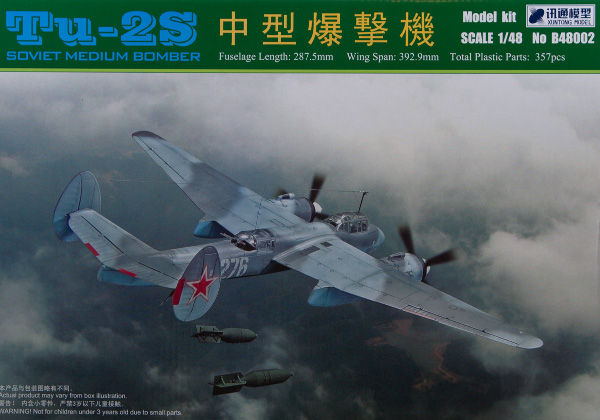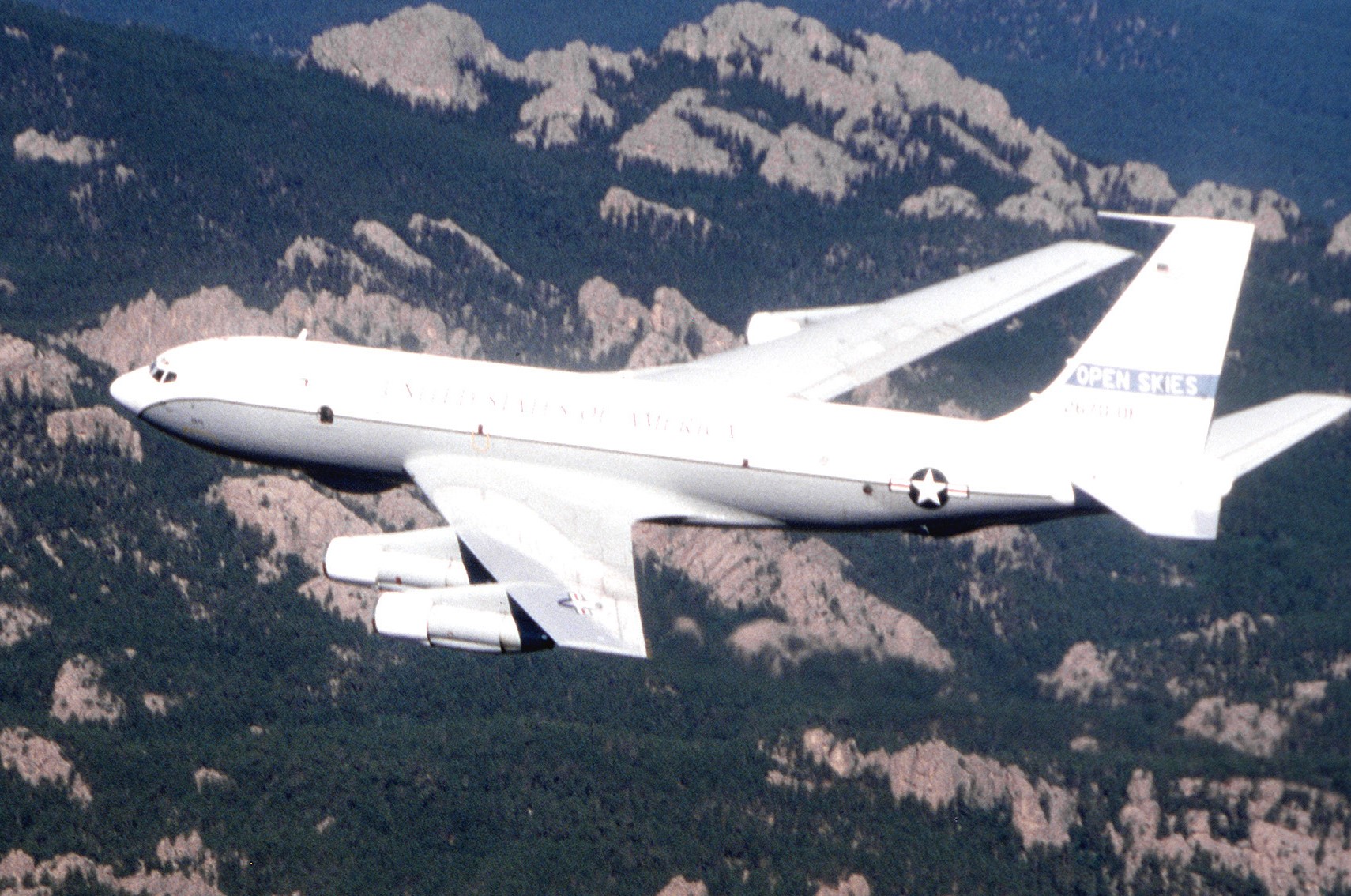
U.S. Air Force photo by Master Sergeant Keith Reed the Third, 17JUL1997.
On 24MAR1992, the Treaty on Open Skies was created as a way of being sure that countries that have military weapons (military-grade arms) control agreements are complying. However, it wouldn’t be until 01JAN2002 that Open Skies actually went into effect, with 34 countries signed-on (but only 20 ratified). Interestingly, the first OC-135B was ready to launch in June 1993!
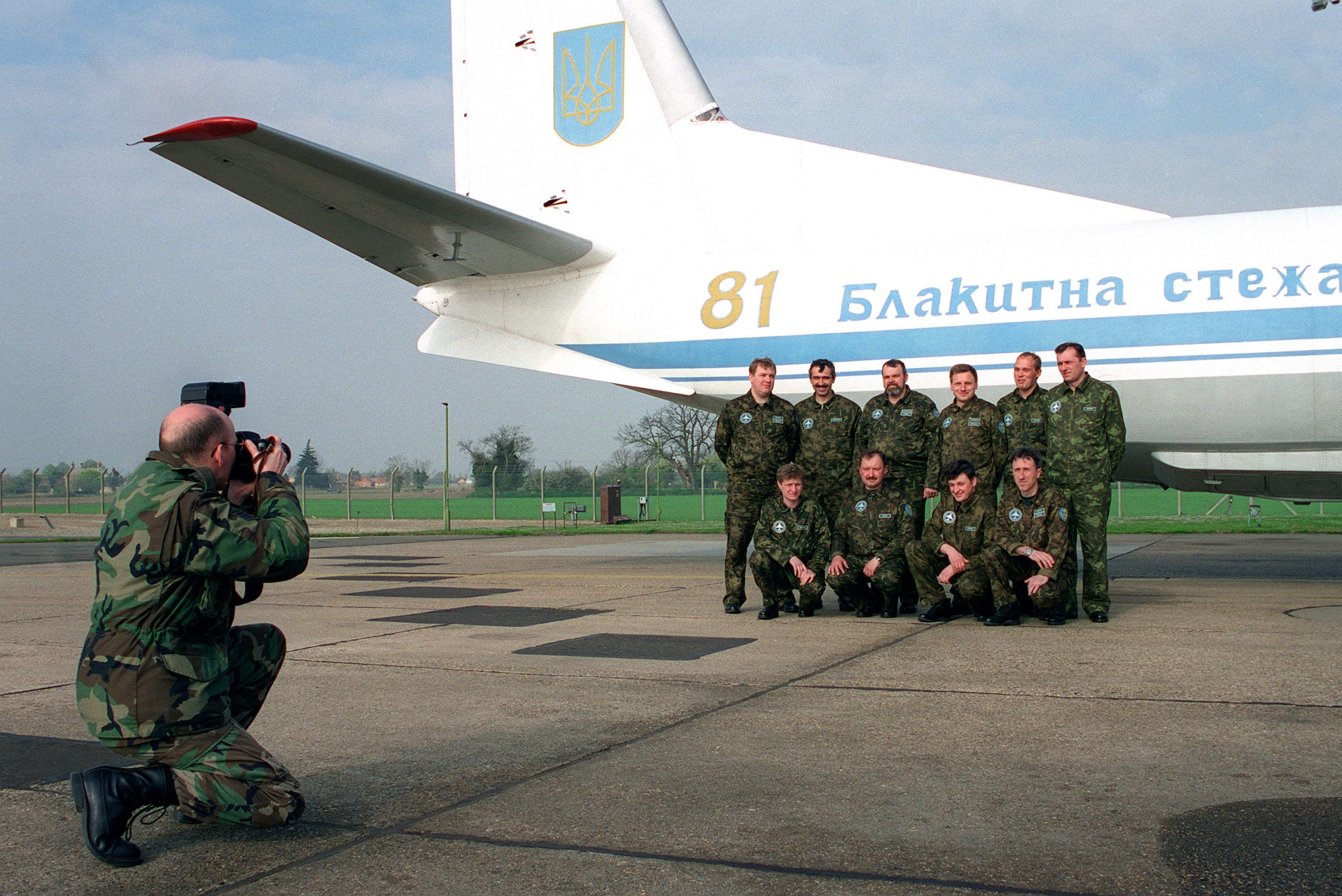
Newly independent Ukrainian Air Force personnel get their photo taken in front of their Open Skies Antonov An-30. Photo by Technical Sergeant Brad Fallin, 14APR1997.
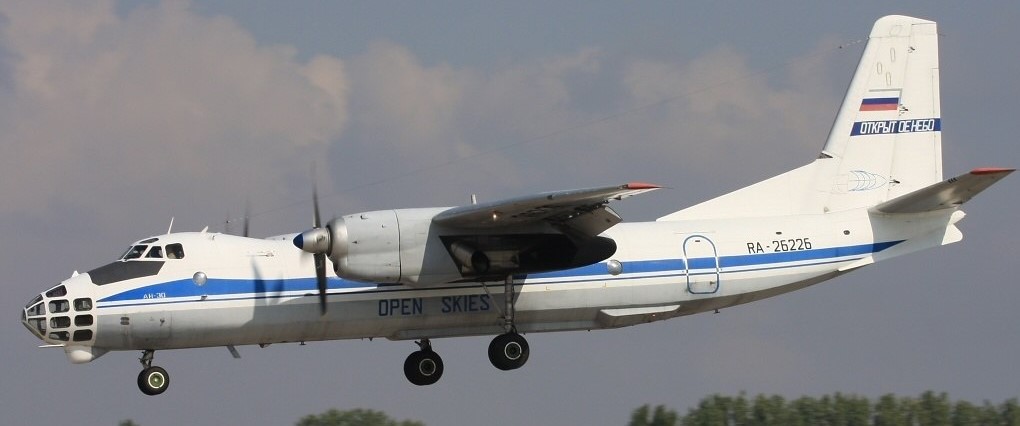
Russian Open Skies Antonov An-30, 25SEP2009. Photo by Alan Lebeda.
On 22NOV2020, the United States officially withdrew from the Treaty on Open Skies, so far the only country to do so. It’s interesting that the many countries who did not sign-on to Open Skies, like nuclear armed China, condemned the U.S. withdrawal.
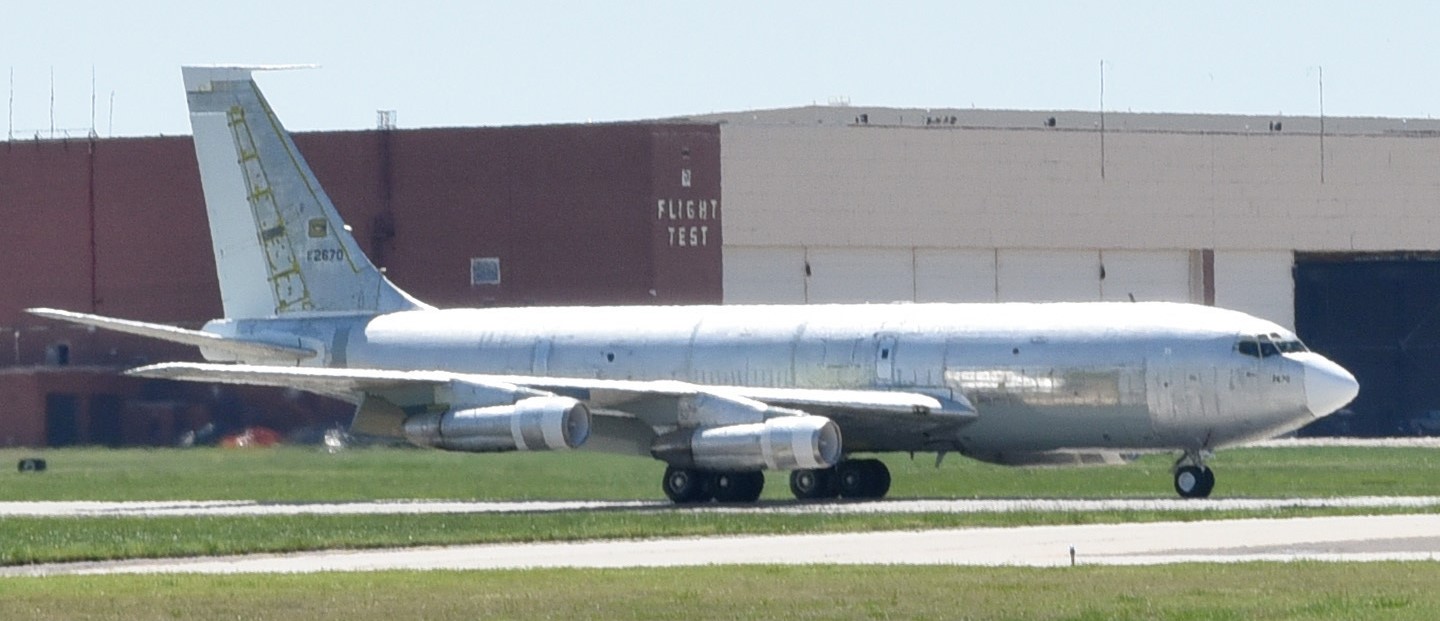
Photo by Kelly White. 23APR2020, U.S. Air Force OC-135B (6-12670) stripped and awaiting what would become its final Open Skies livery.
But it is more complicated than U.S. President Donald Trump being a mean old ‘orange man’, it’s about other treaty signators not complying, and the fact that updating the now ‘ancient’ observation technology is just too cost prohibitive for taxpayers.
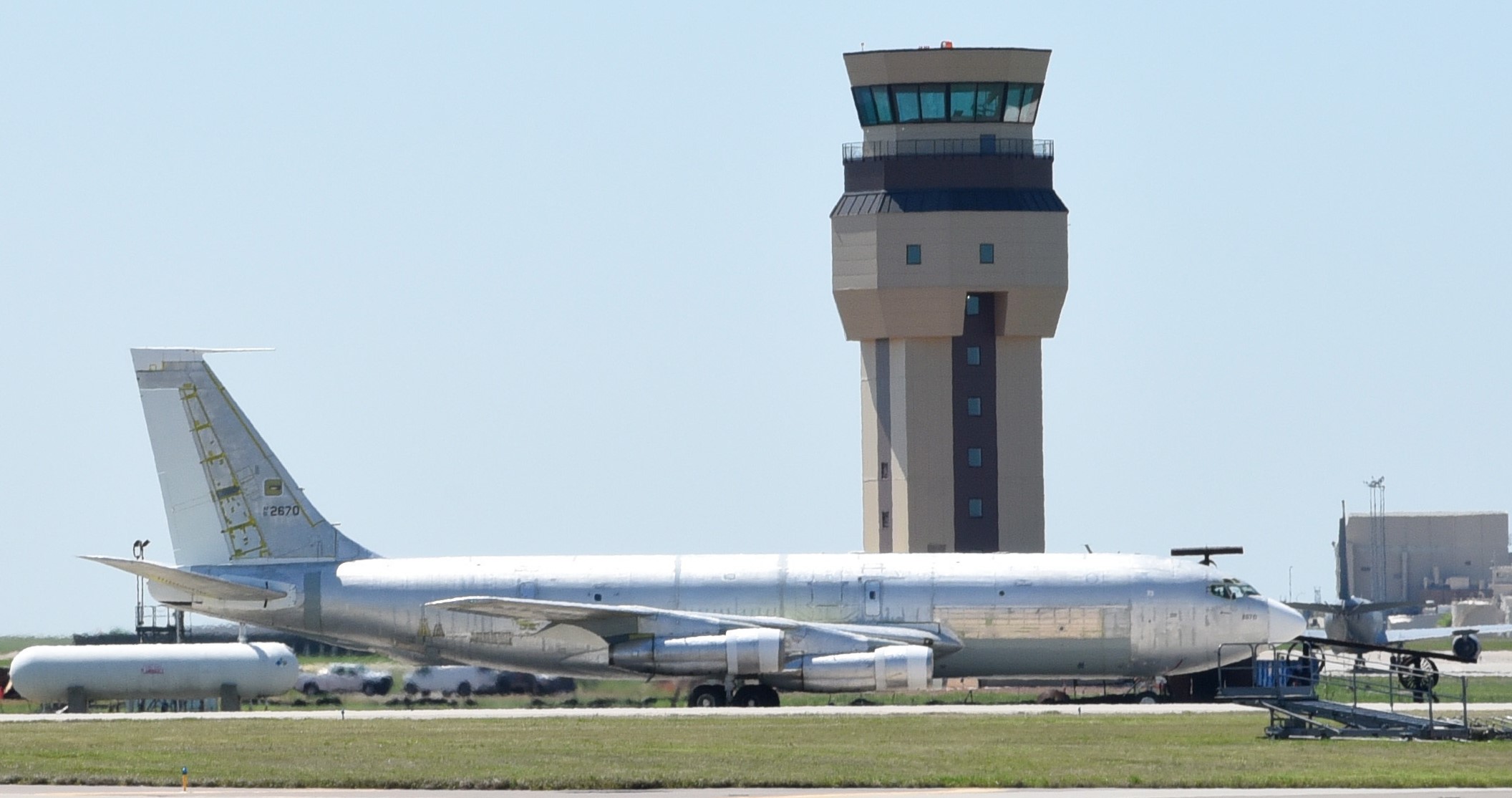
A naked OC-135B anticipates its final Open Skies paint job on Tinker AFB, Oklahoma. Photo by Kelly White, 23APR2020.
Here’s a North Atlantic Treaty Organization (NATO) video, 22MAY2020, in which NATO accuses Russia (Rossiyskaya Federatsiya) of violating the Open Skies agreement:
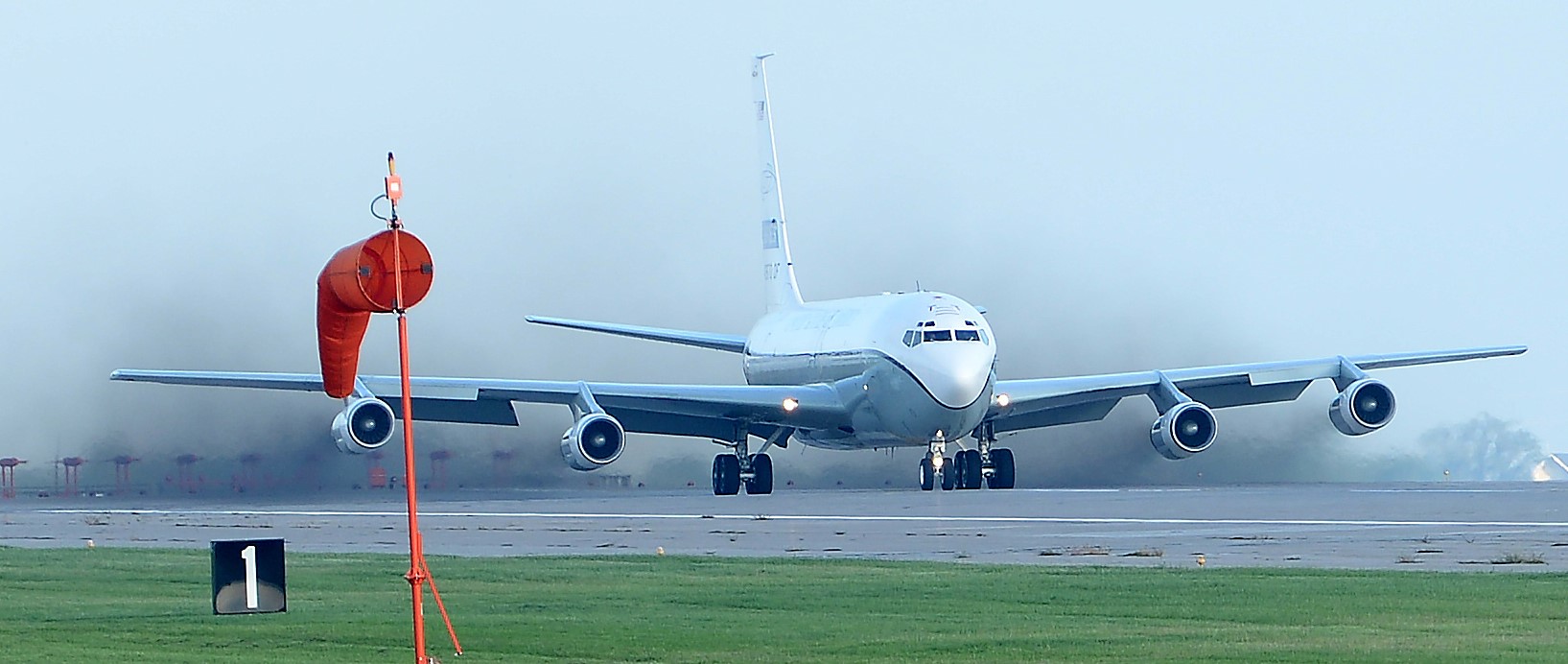
Photo by Charles Haymond. An OC-135B Open Skies (converted WC-135 weather research) aircraft takes off from Offutt Air Force Base, Nebraska,14SEP2018.
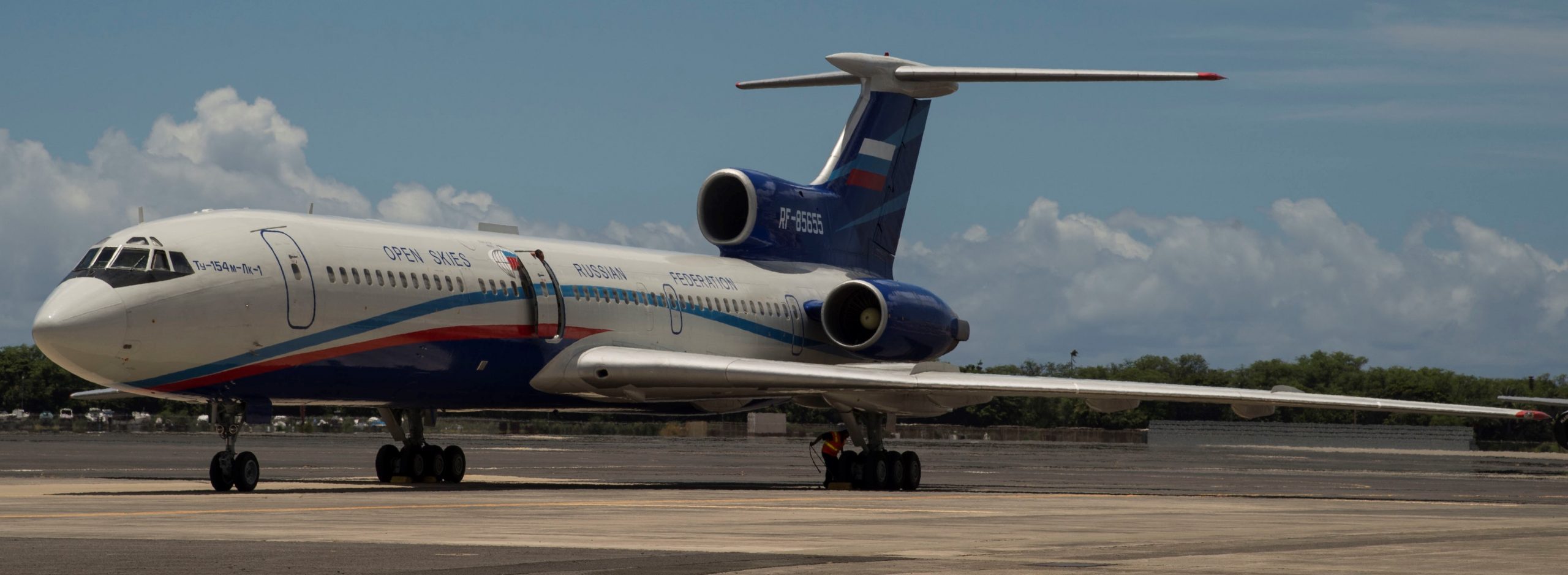
Photo by Technical Sergeant Heather Salazar. Voyenno-Vozdushnye Sily Rossii (Military Air Forces of Russia) Open Skies Tupolev Tu-154M RF-85655, lands at Joint Base Pearl Harbor-Hickam, Hawaii, 14AUG2019.
From 1992-93, three WC-135B aircraft were modified for the Open Skies mission, re-designated OC-135B. For some reason, after only a few years based at Offutt Air Force Base (AFB), Nebraska, the first OC-135B was sent straight to ‘moth-balls’ at Davis-Monthan AFB, Arizona, in 1997.

Photo by Charles J. Haymond, 14SEP2018.
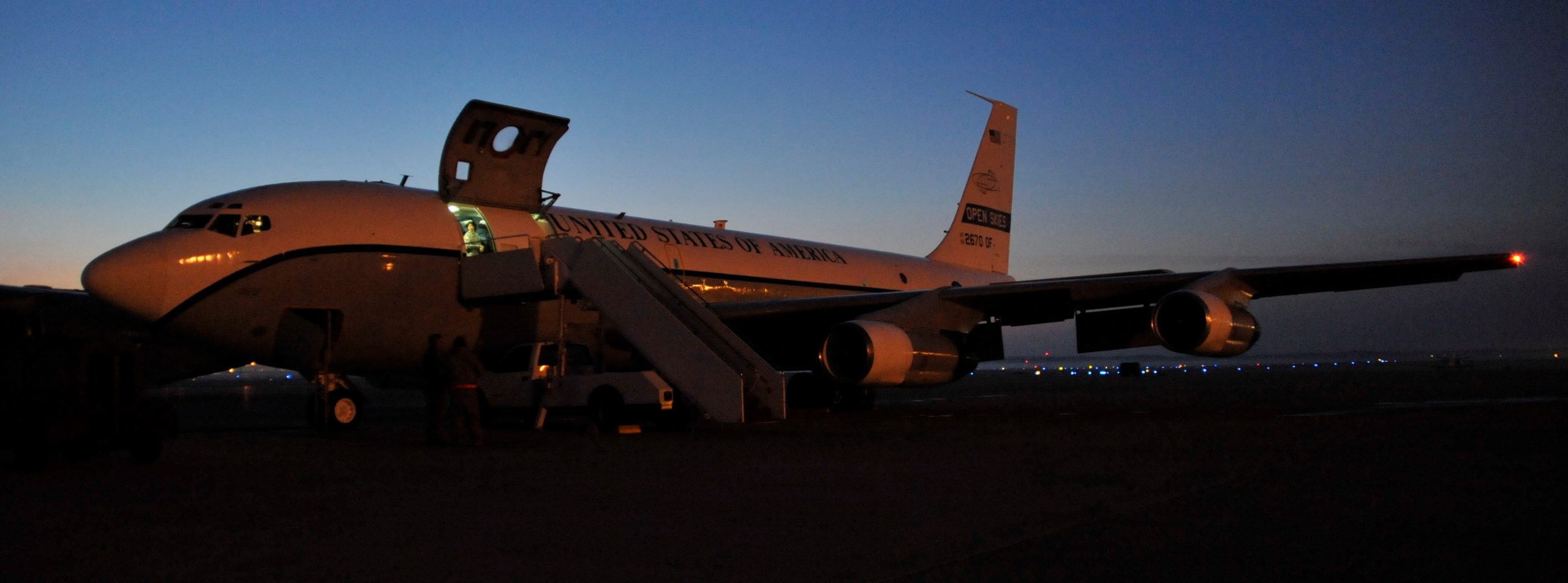
This OC-135B conducted observation flights over Haiti, after the 7.0 earthquake in 2010. Photo by Senior Airman Perry Aston, 16JAN2010.
Despite the OC-135Bs being used on other non-Open Skies observations, such as natural disasters, according to some reports the remaining two OC-135Bs are now available for sale as a result of the U.S. exit from Open Skies: “We’ve started liquidating the equipment. Other countries can come purchase or just take the airframes. They are really old and cost-prohibitive for us to maintain. We don’t have a use for them anymore.”
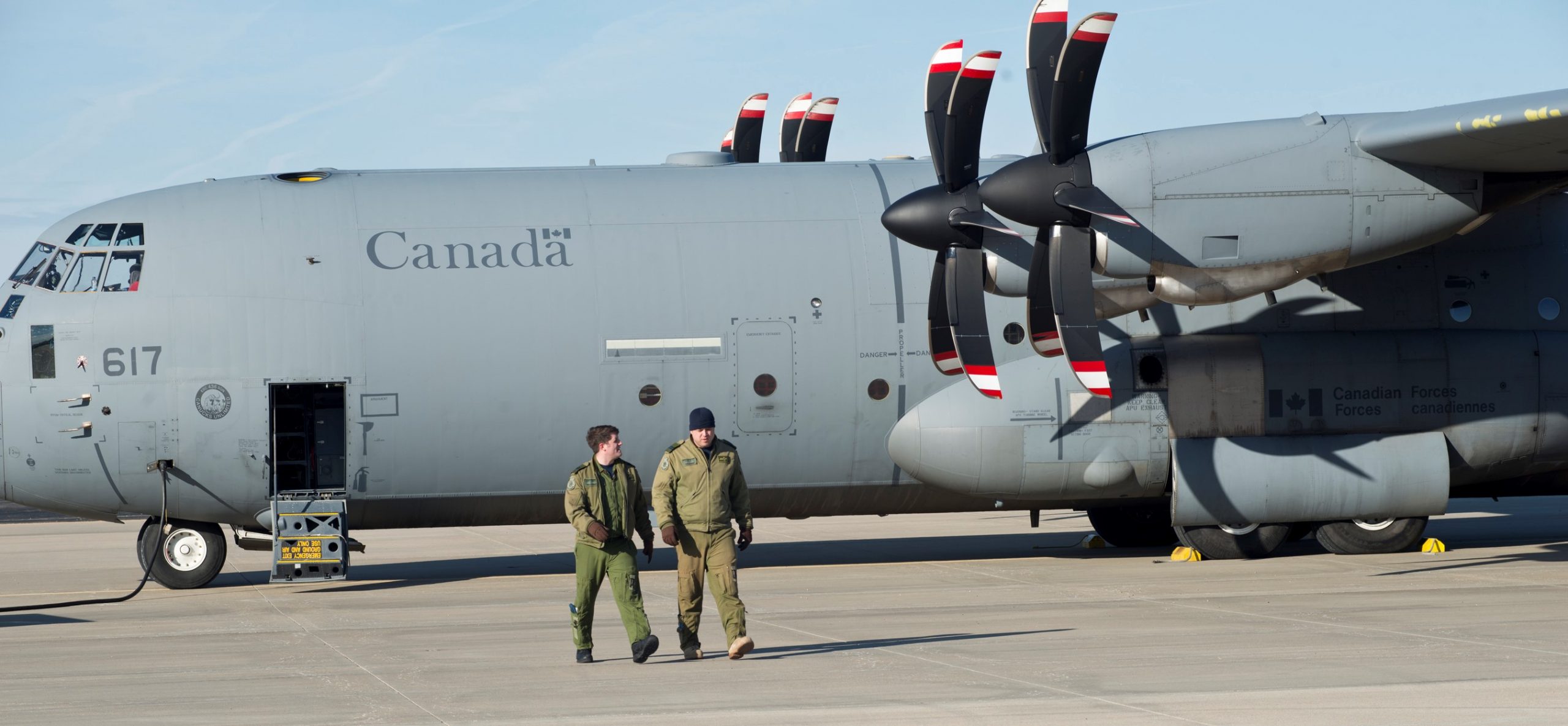
Photo by Staff Sergeant John Hillier. 01FEB2018, a Commonwealth of Nations (aka British Empire) Royal Canadian Air Force C-130J arrives at Rosecrans Memorial Airport, Missouri, joining units from France and Czech Republic for Open Skies training with the Missouri Air National Guard.
What many people might not know is that the Open Skies operation required the use of old school film technology. In this 2015 U.S. Air Force video report, by John Harrington, it’s revealed that the old technology was getting difficult to maintain due to no new parts:
Here is an October 2016 USAF video (by John Harrington) explaining how the imagery captured by the OC-135Bs are processed:
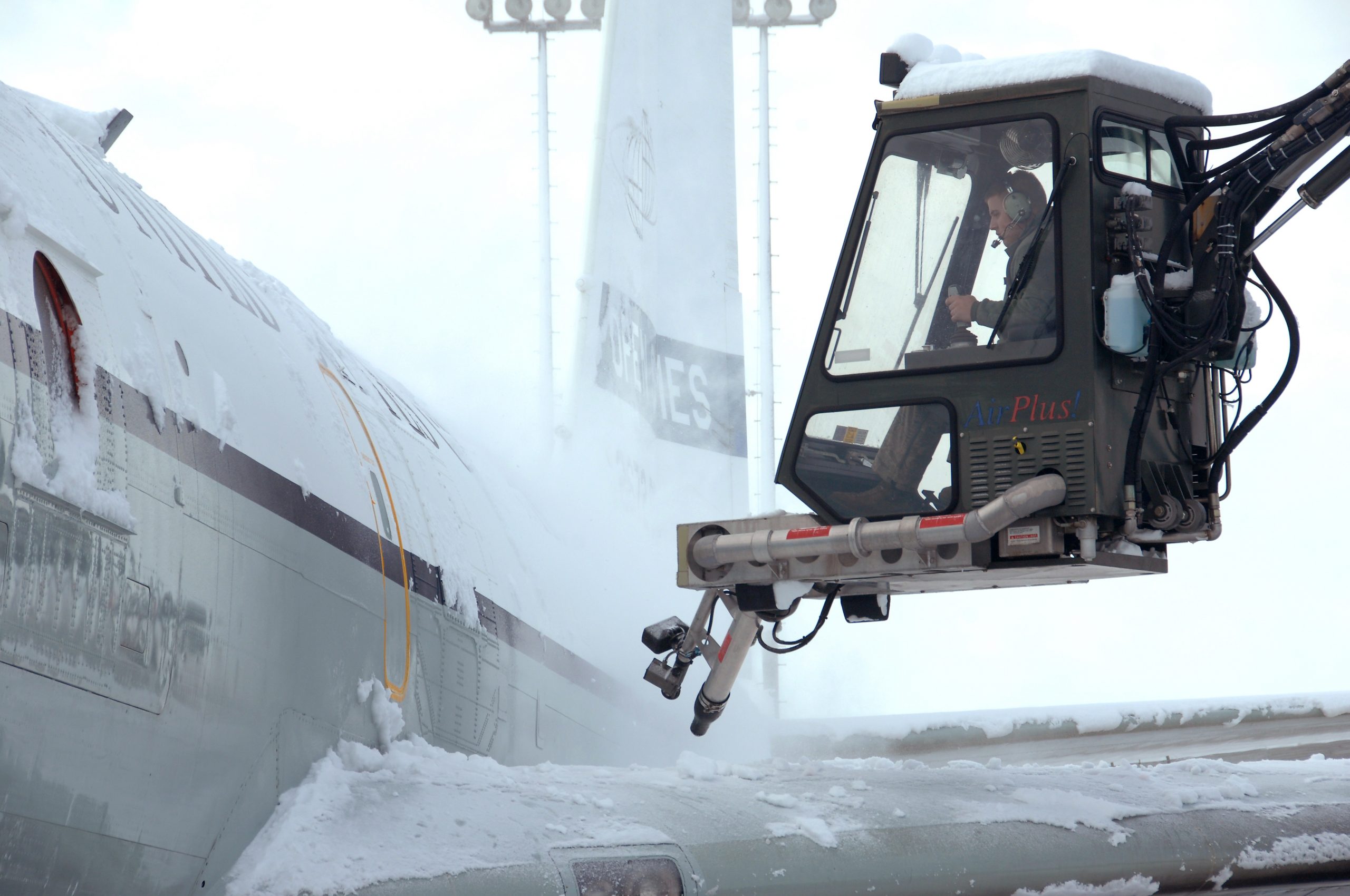
Photo by Delanie Stafford. Snow removal from Open Skies OC-135B, 03FEB2015, Offutt AFB.
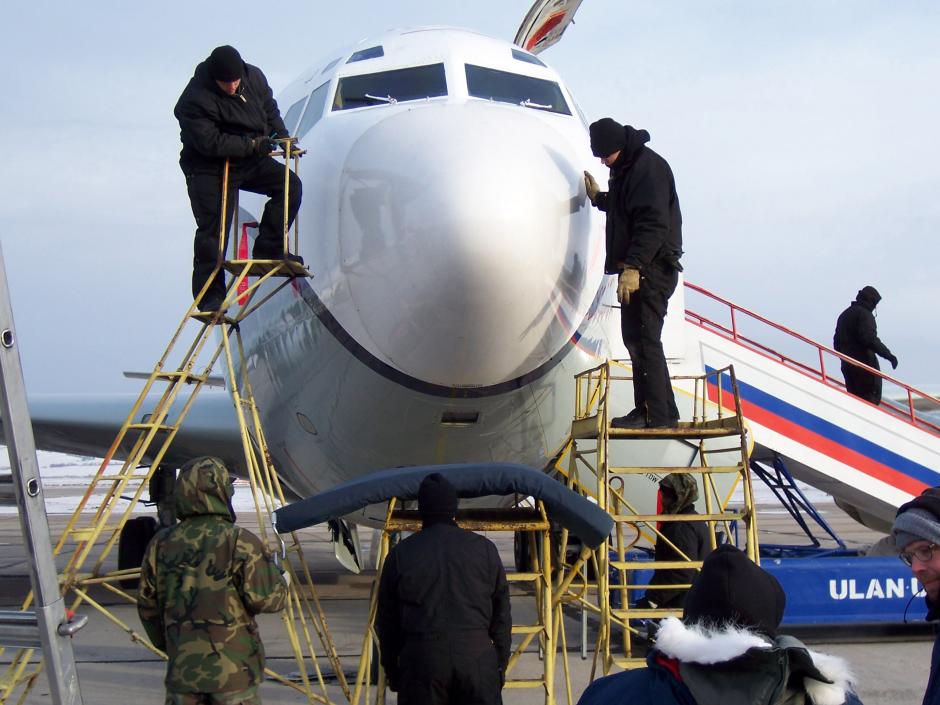
Via Organization for Security and Co-operation in Europe. Russian examine a U.S. OC-135B, 27FEB2007.
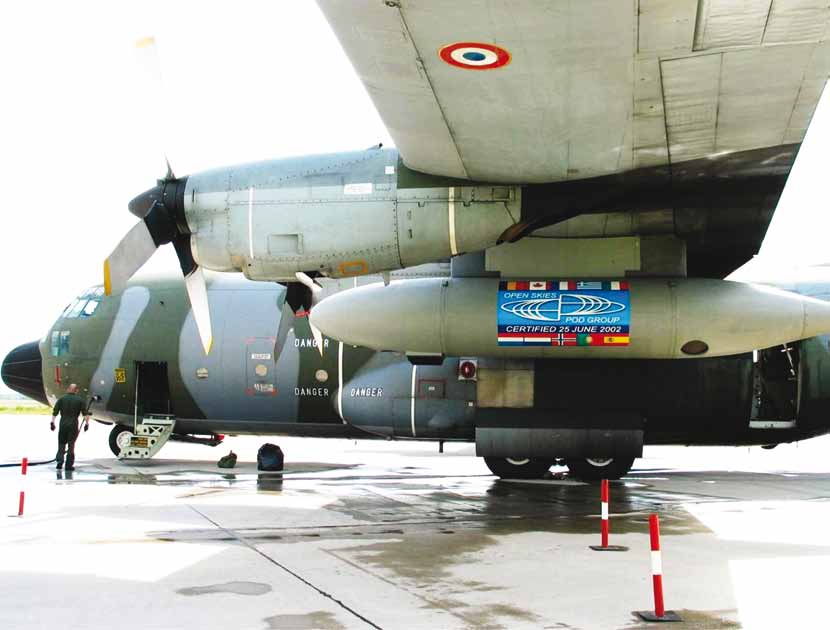
Via Organization for Security and Co-operation in Europe. Italian C-130 with SAMSON observation pod.
23NOV2020: Russia warns remaining Open Skies members not to share data with United States
11NOV2020: French personnel to use Romanian An-30 for Open Skies flyover of Russia
Realize that the United States and Russia have always conducted observation flights of each other, Open Skies was just an attempt to make it more militarily non-threatening.
28NOV2020: Russian Sukhoi 27 scrambled to intercept U.S. RC-135 over Black Sea
27NOV2020: Russia accuses NATO of conducting more than 1300 non-Open Skies spy flights
There were rumors that the two remaining Open Skies OC-13Bs were up for sale in 2020, however, the aircraft were given a fresh ‘Open Skies’ paint job and sent to the ‘boneyard’ in Arizona. USAF video by David Farley, 13MAY2021:

OC-135B Open Skies on Davis-Monthan AFB, Arizona, 09JUN2021. USAF photo by Senior Airman Alex Miller.
July 2022: NATO-Romania puts to use an ex-Open Skies Antonov 30.
U.S. taxpayer expense: NASA’S Russian Tupolev 144 SST
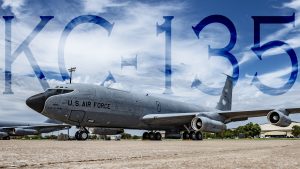 Pandemic Overflight: KC-135
Pandemic Overflight: KC-135
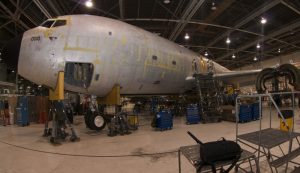 Bare Metal: KC-135R GETS STRIPPED
Bare Metal: KC-135R GETS STRIPPED
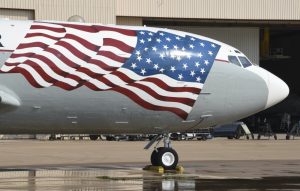
EC-135E FIRE-BIRD, 10329 COMES BACK TO LIFE, AGAIN! OR, WHAT TO DO WITH YOUR EXTRA KC-135 KIT.
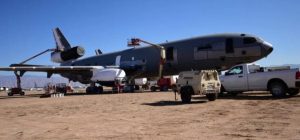
HOW TO MUMMIFY YOUR KC-10, OR, LAST FLIGHT OF 86-0036
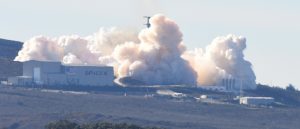 Terminator: SpaceX satellites helping the new U.S. Space Force to target you from above
Terminator: SpaceX satellites helping the new U.S. Space Force to target you from above
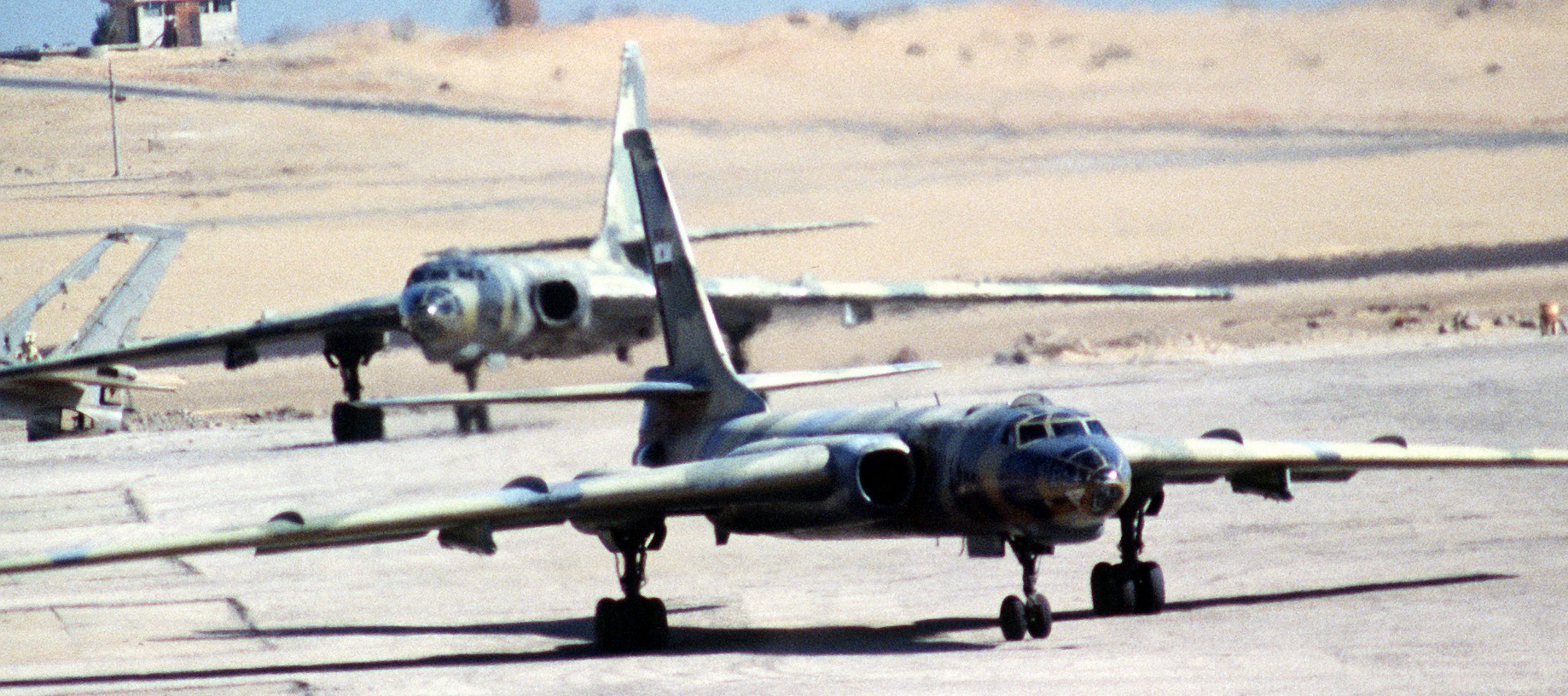

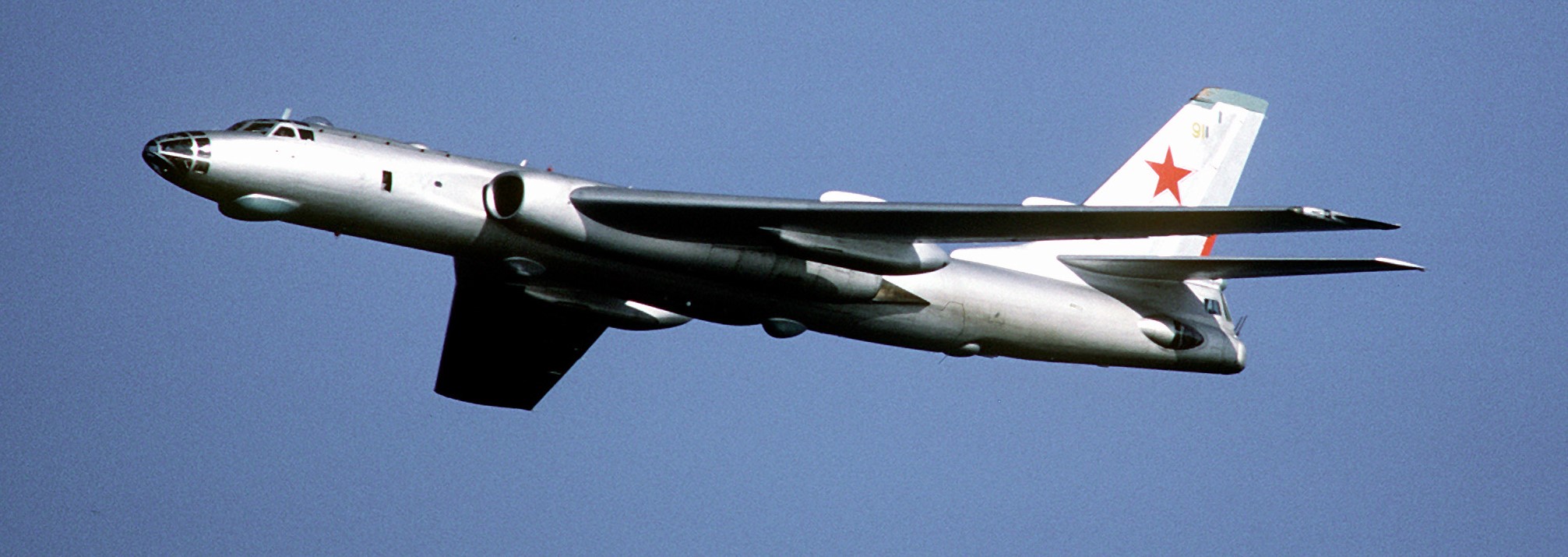
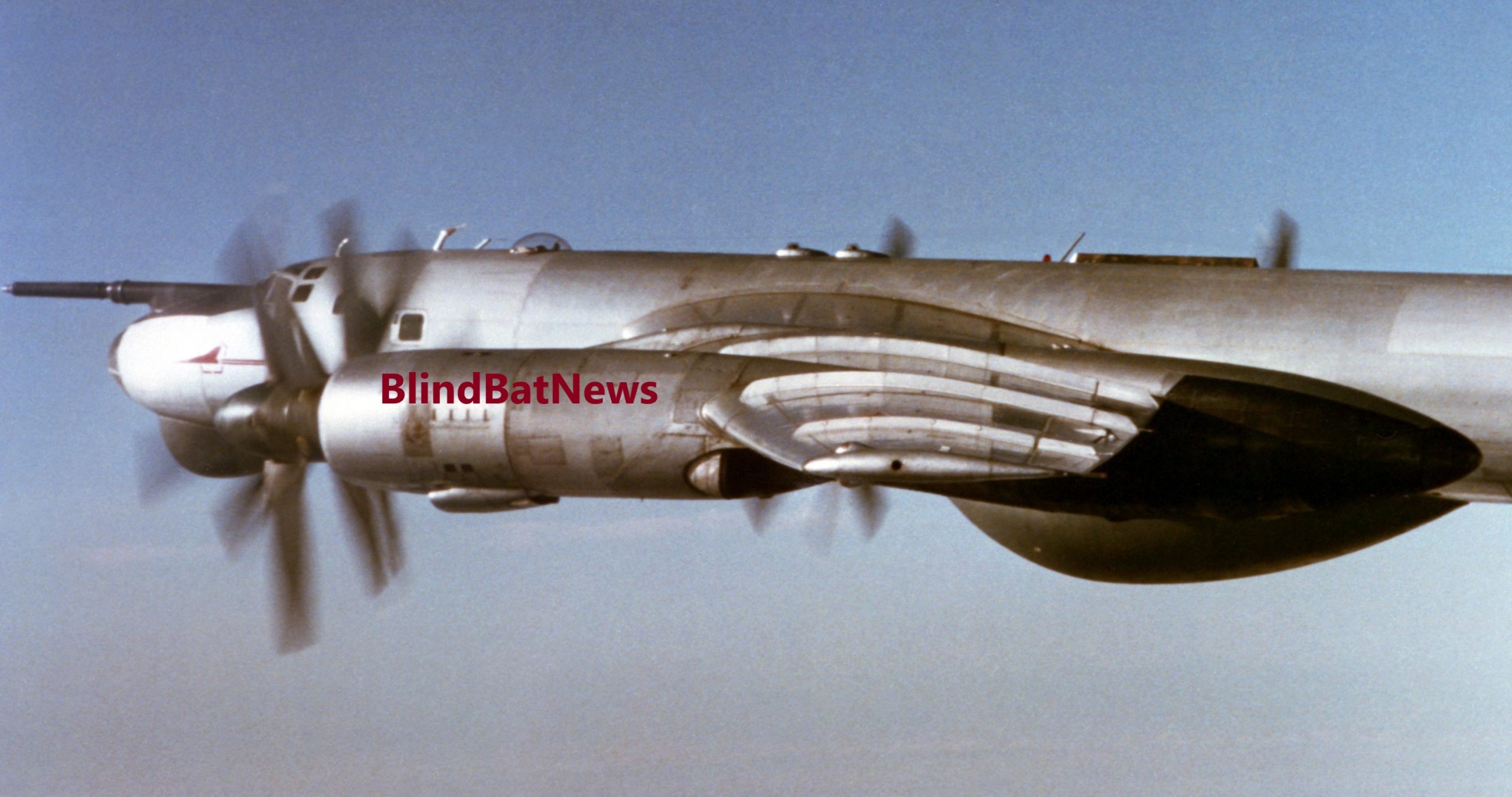 TU-95 ‘BEAR’
TU-95 ‘BEAR’
